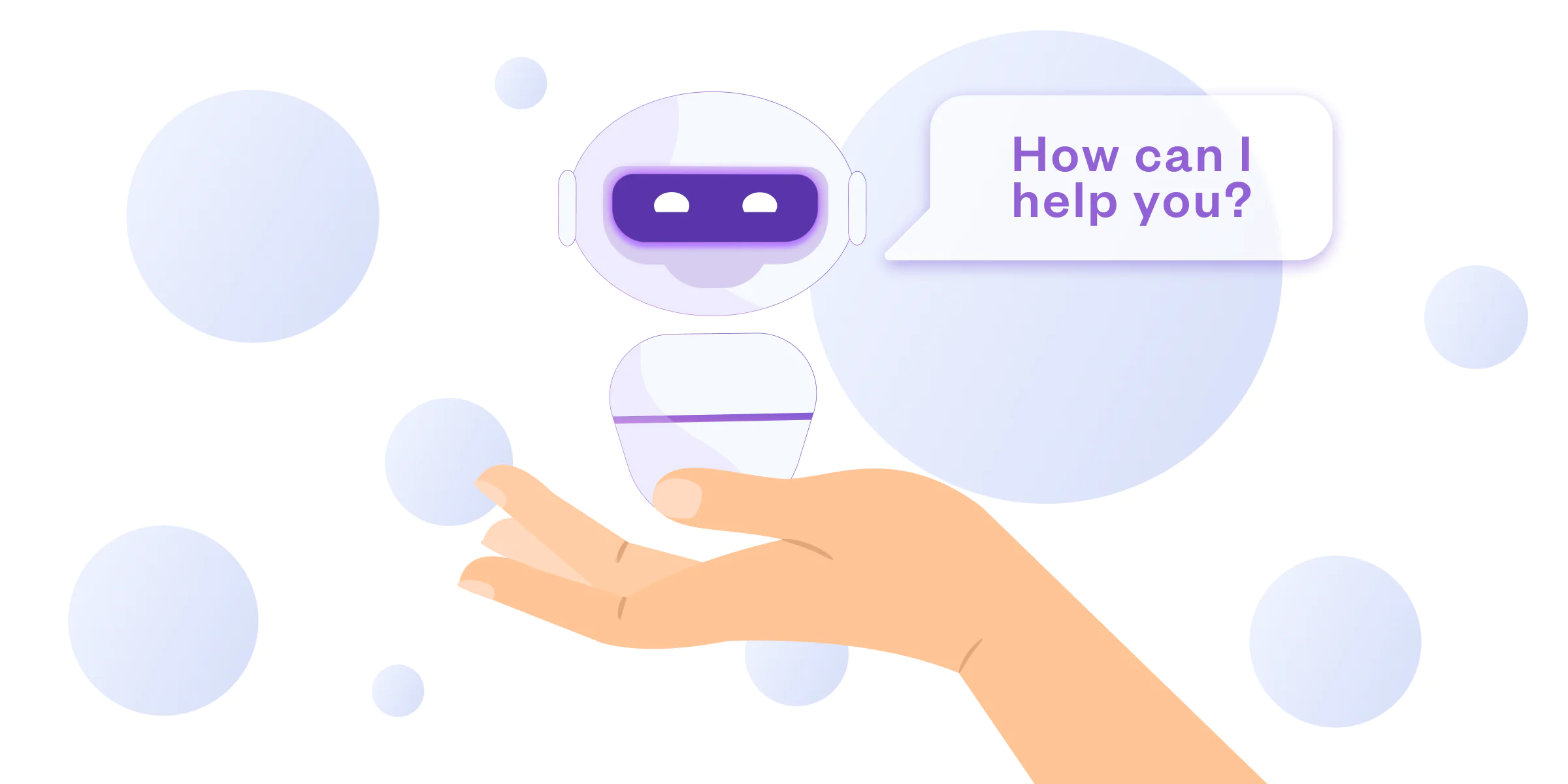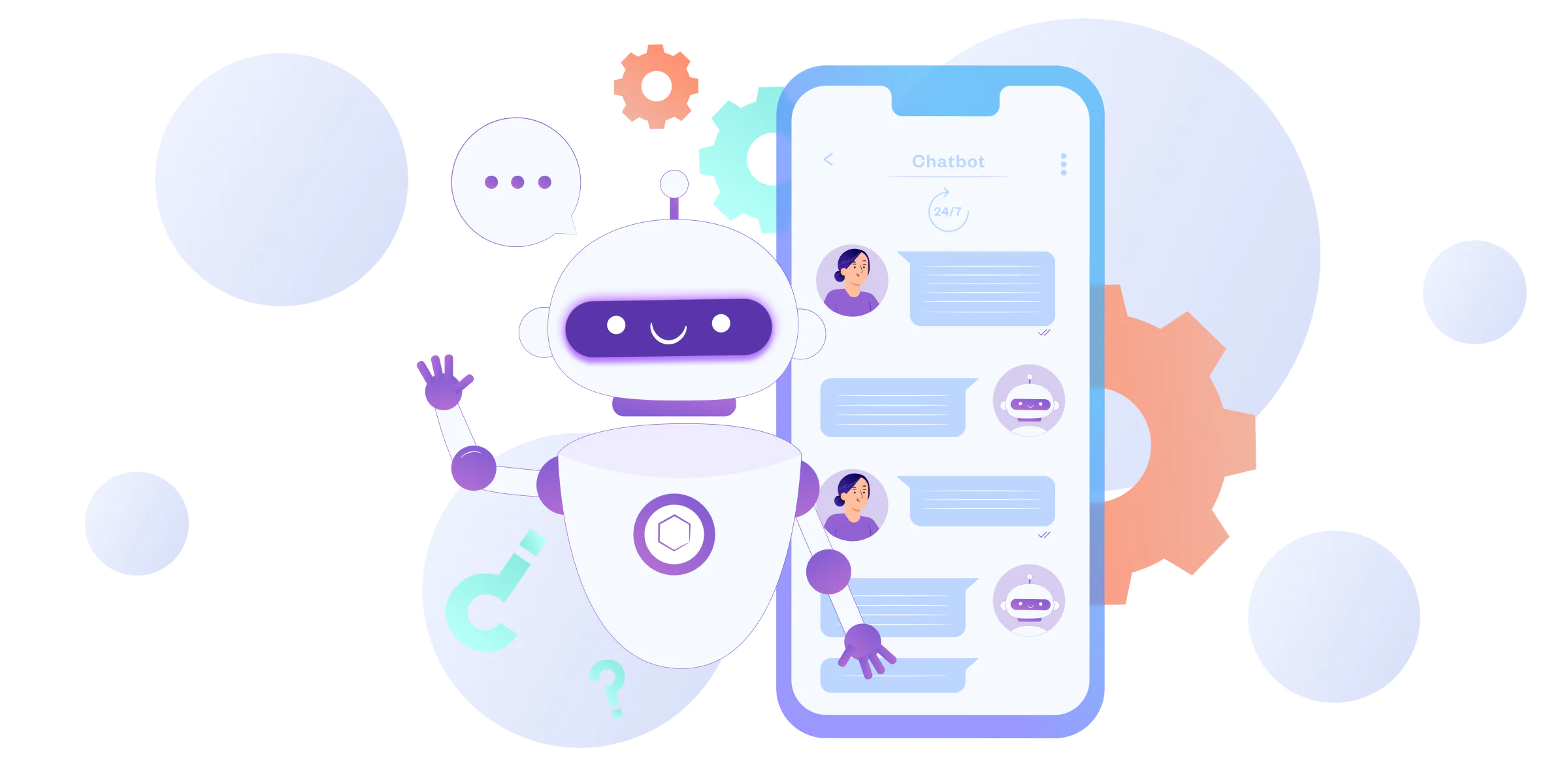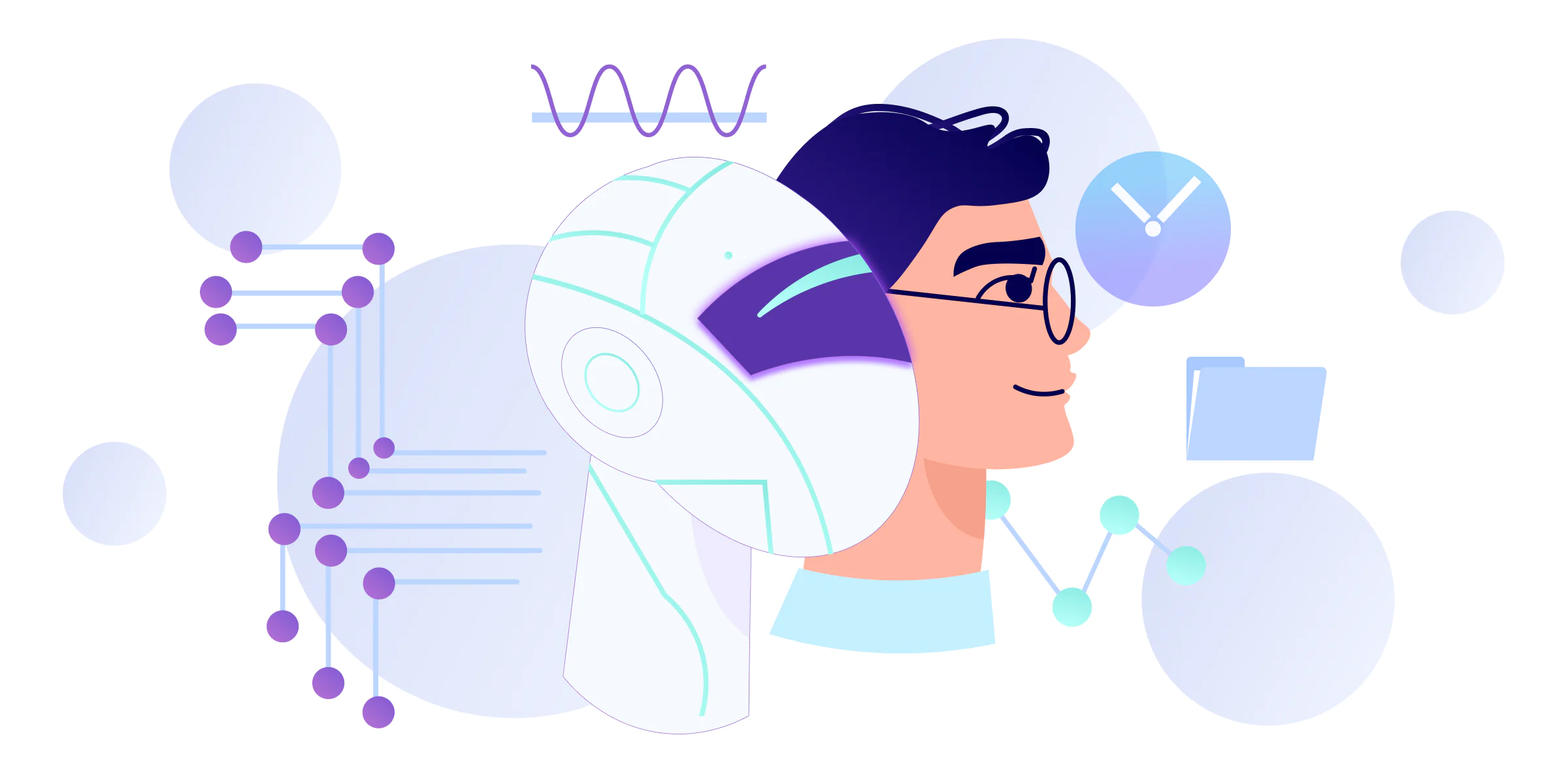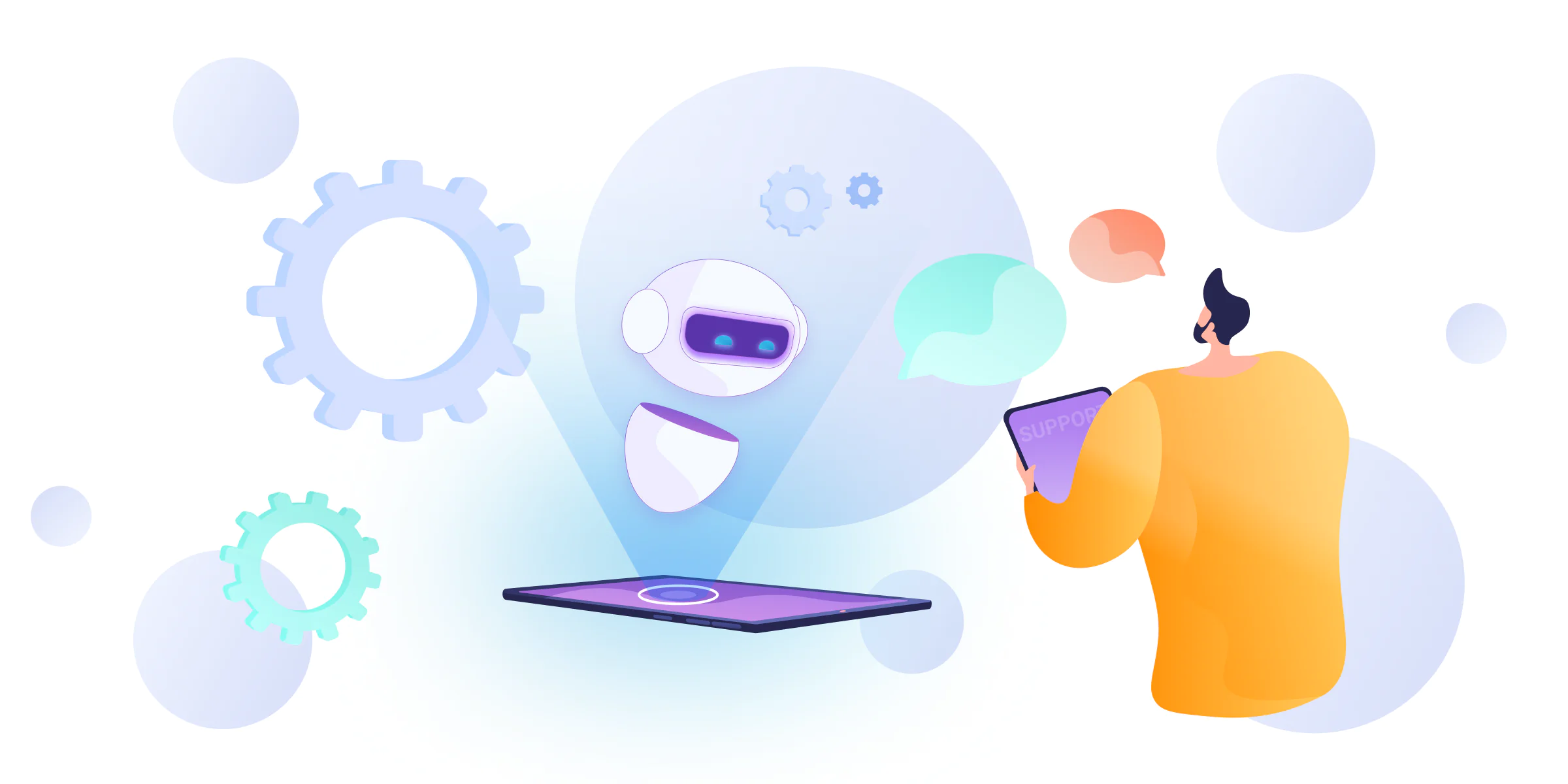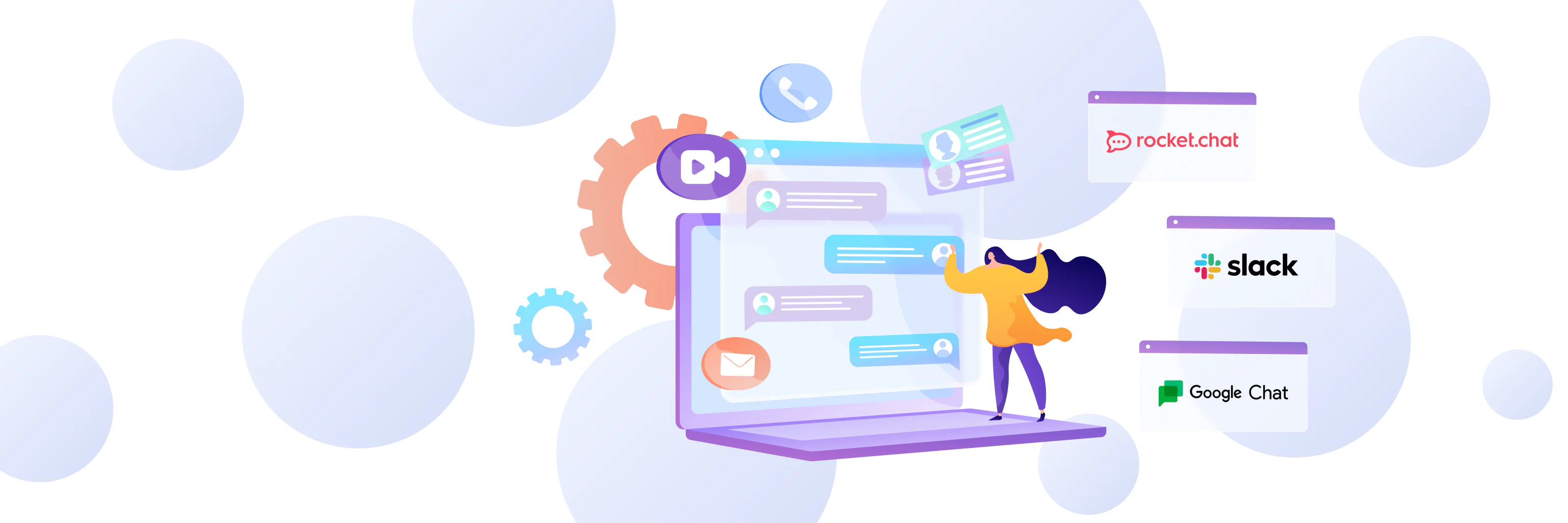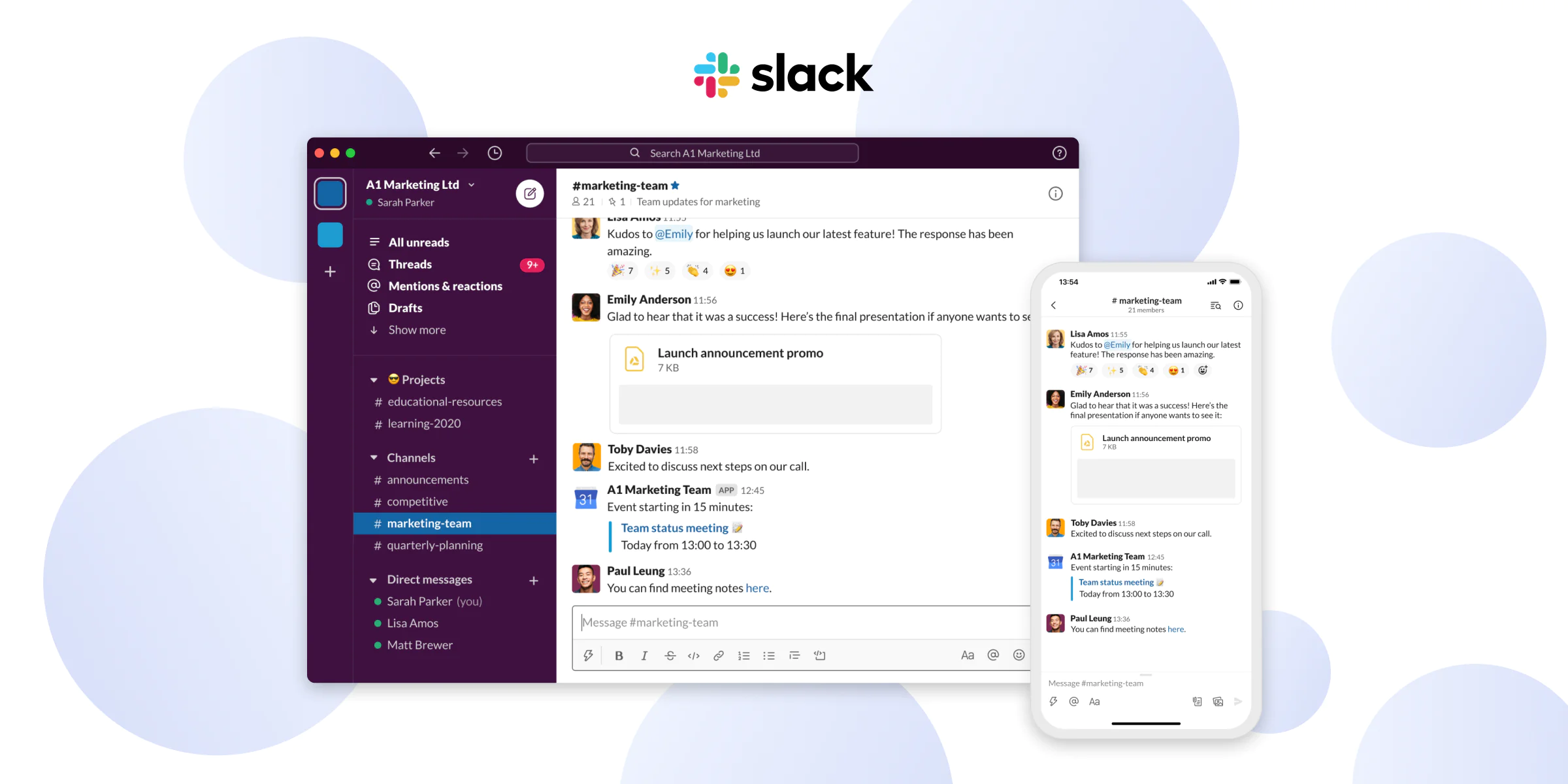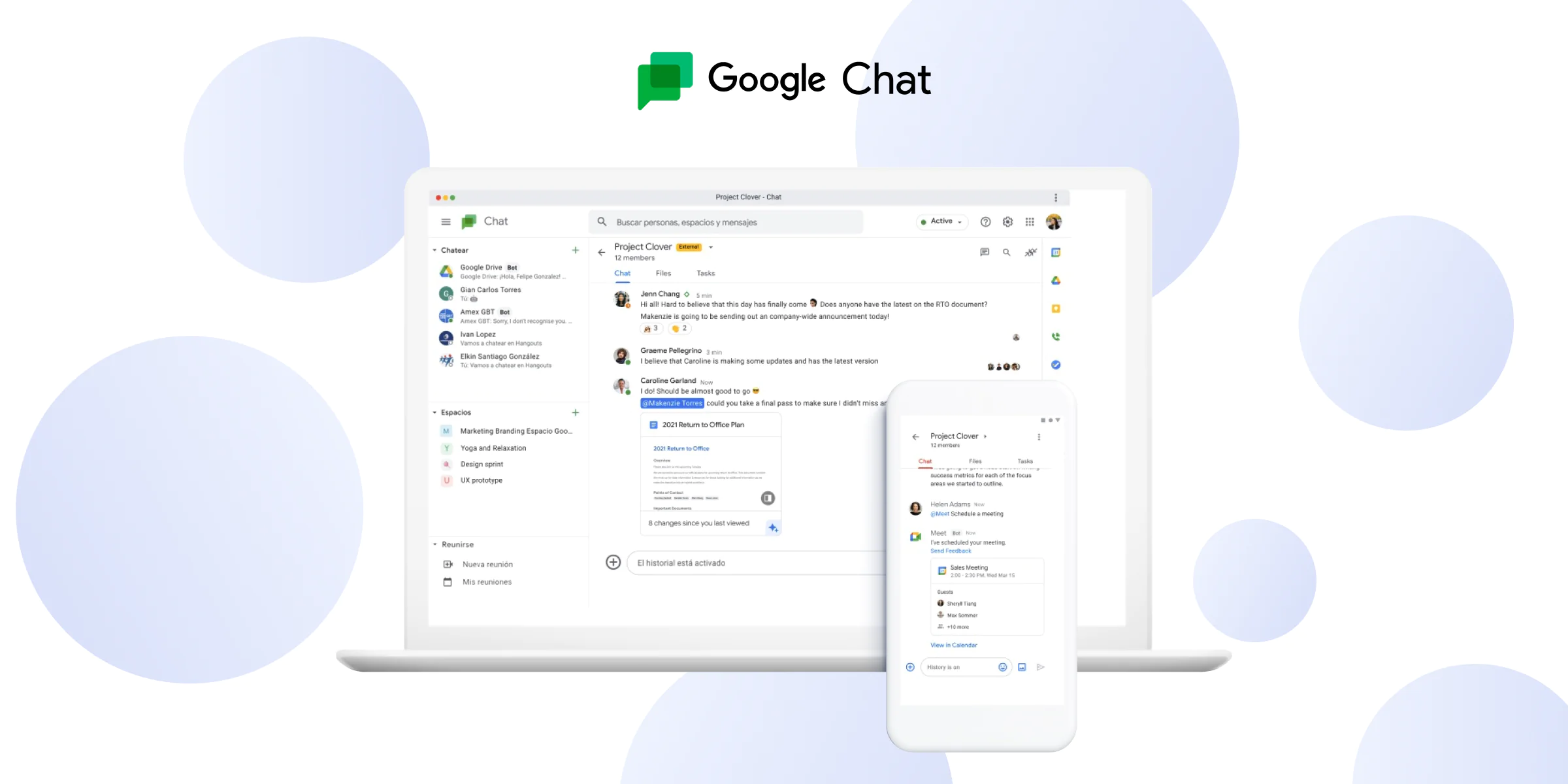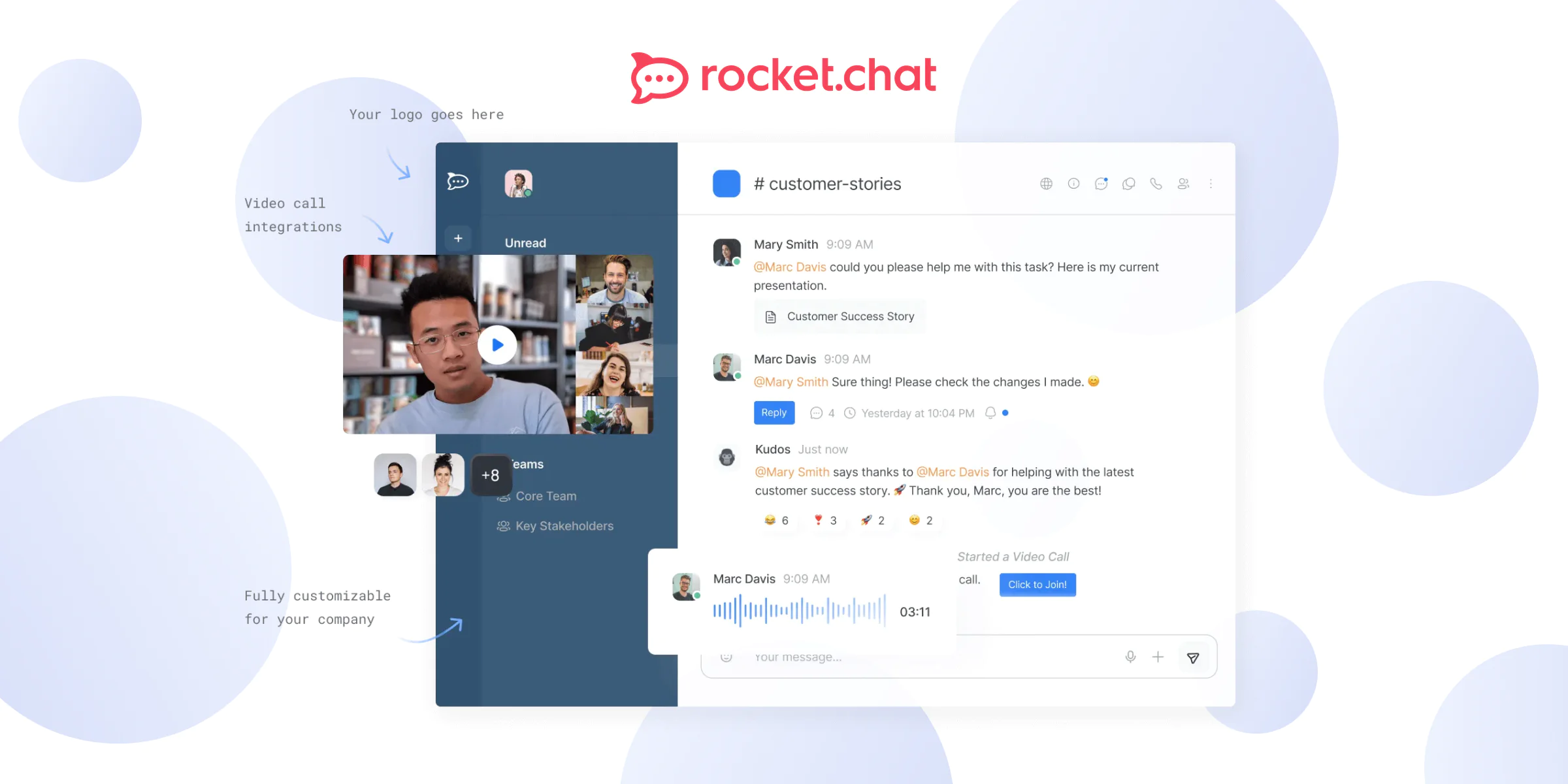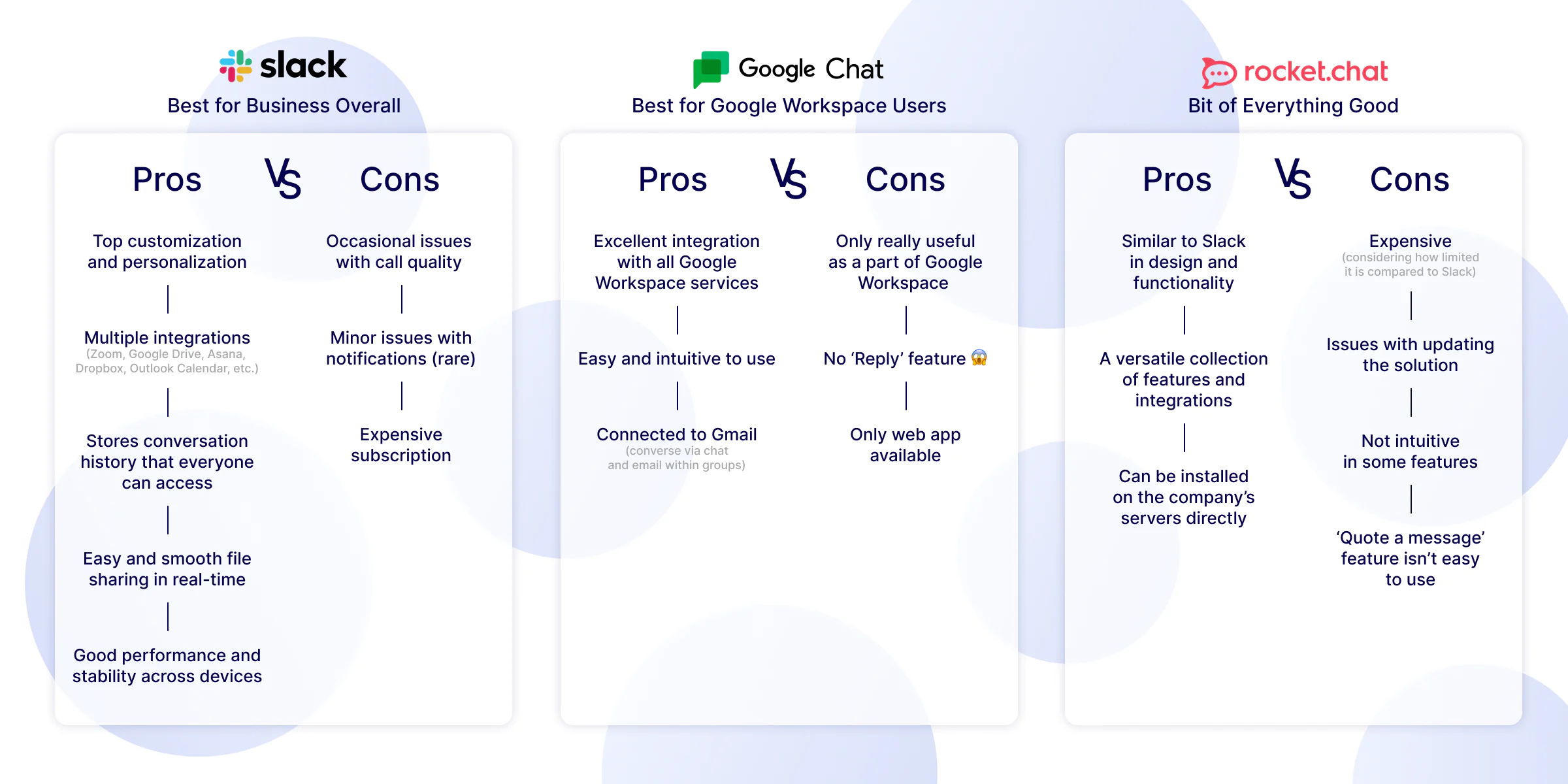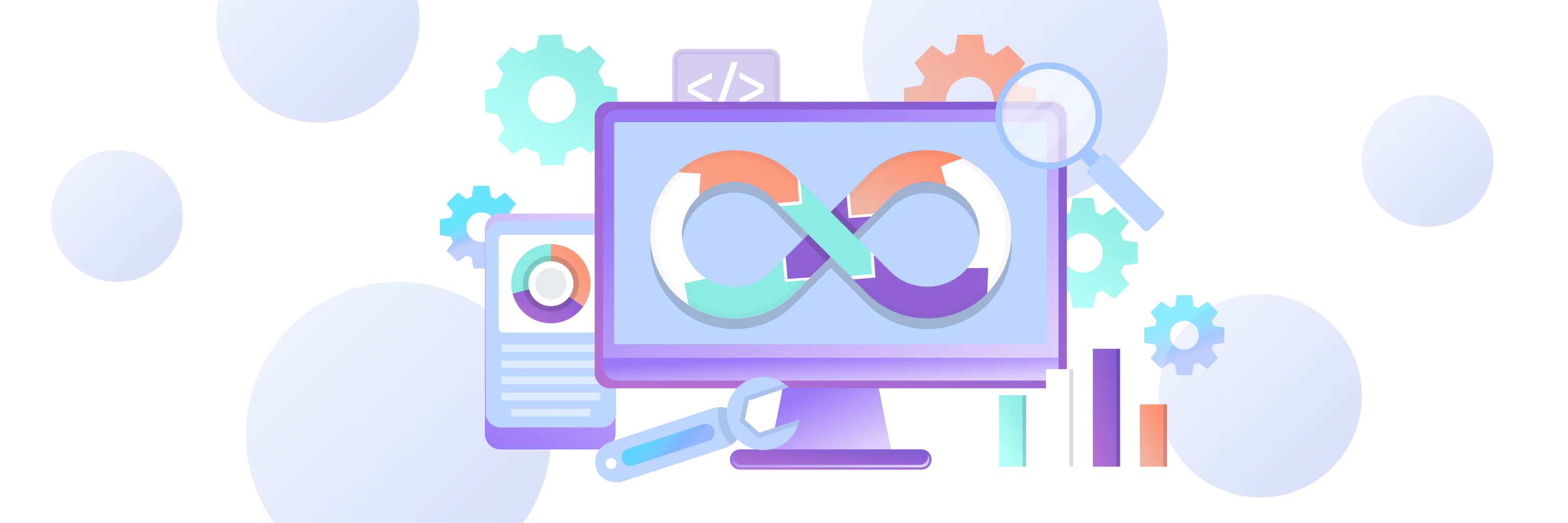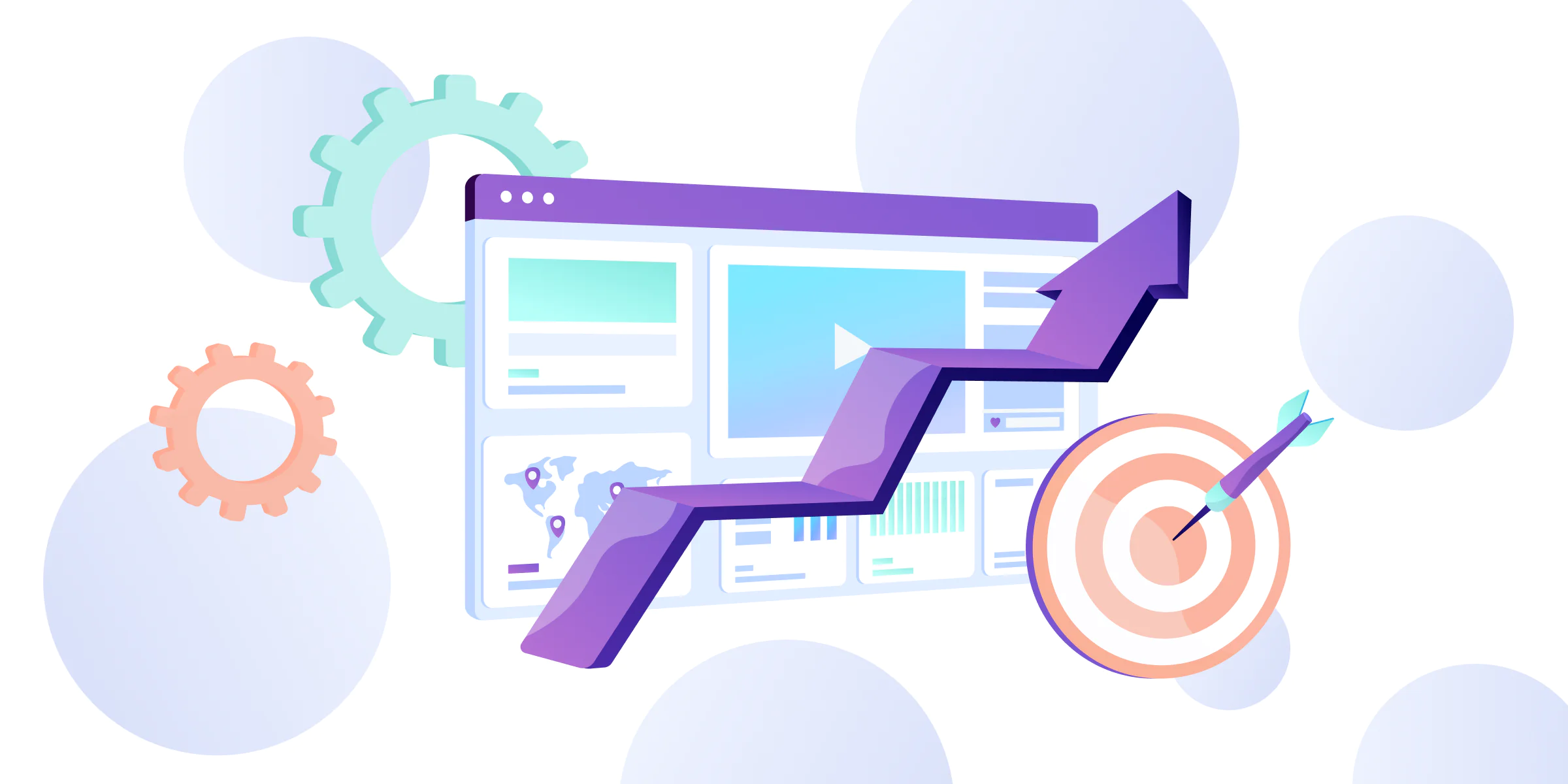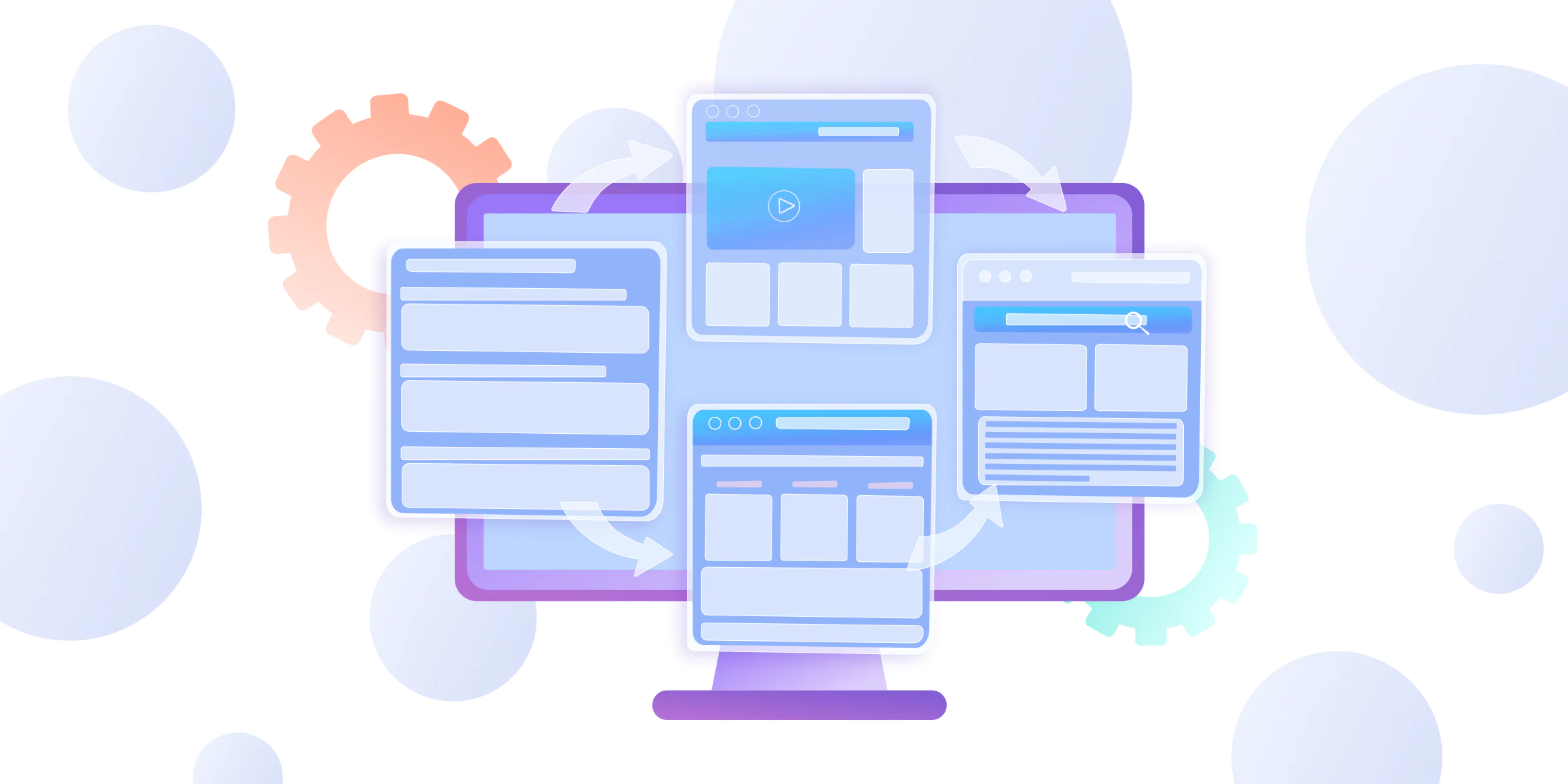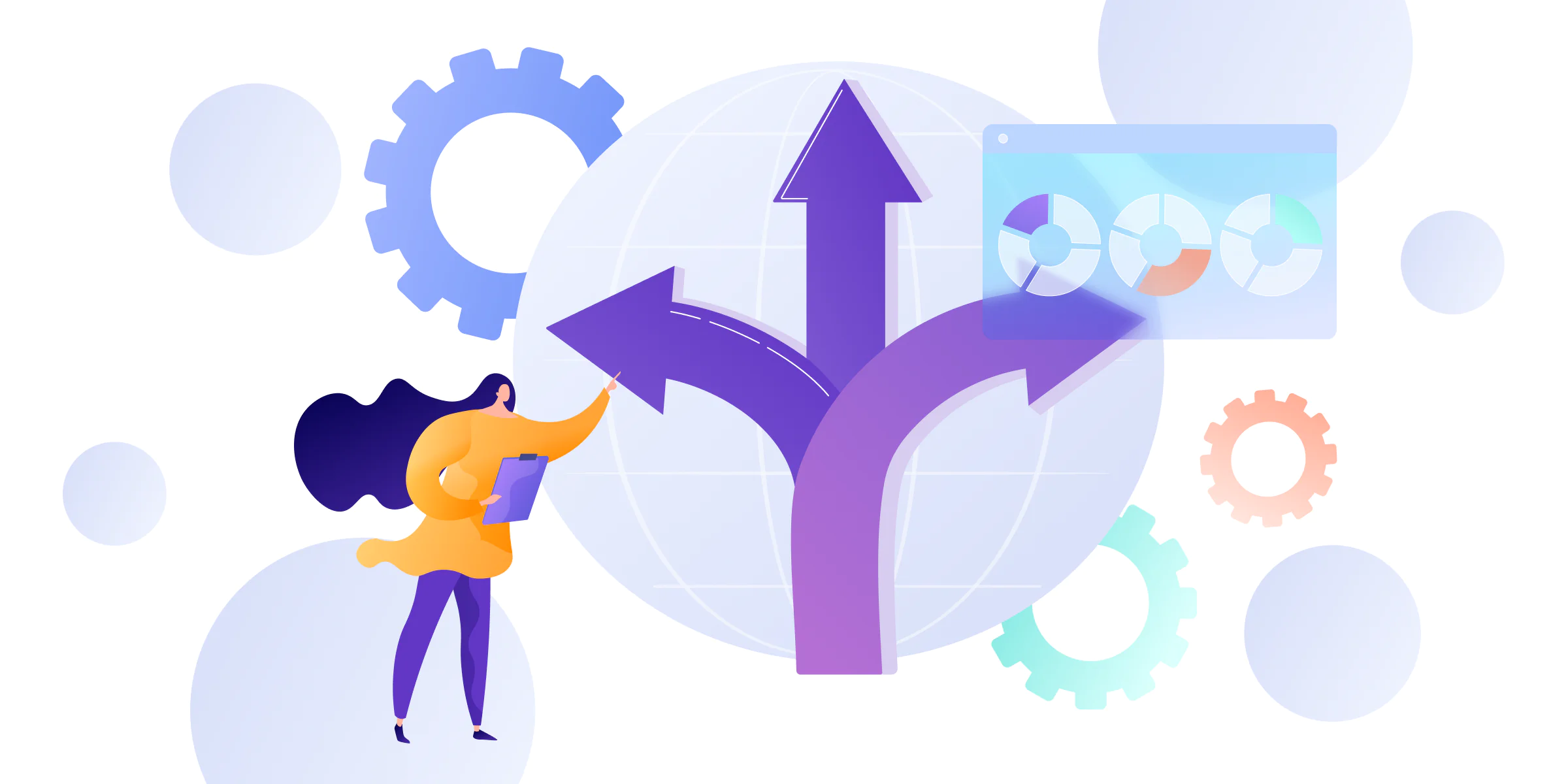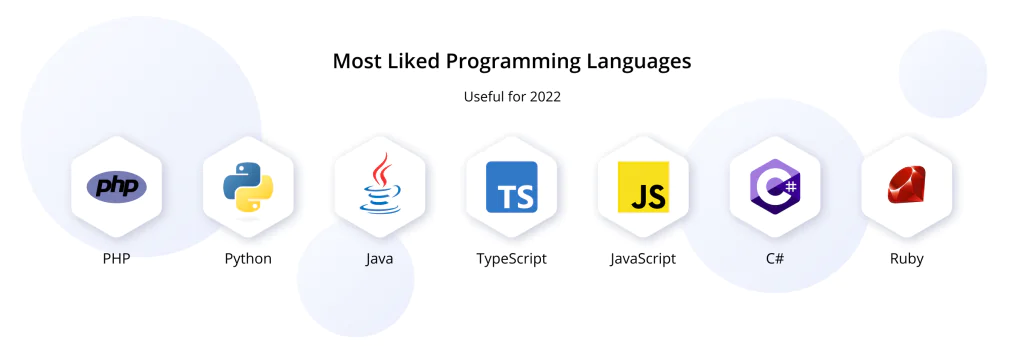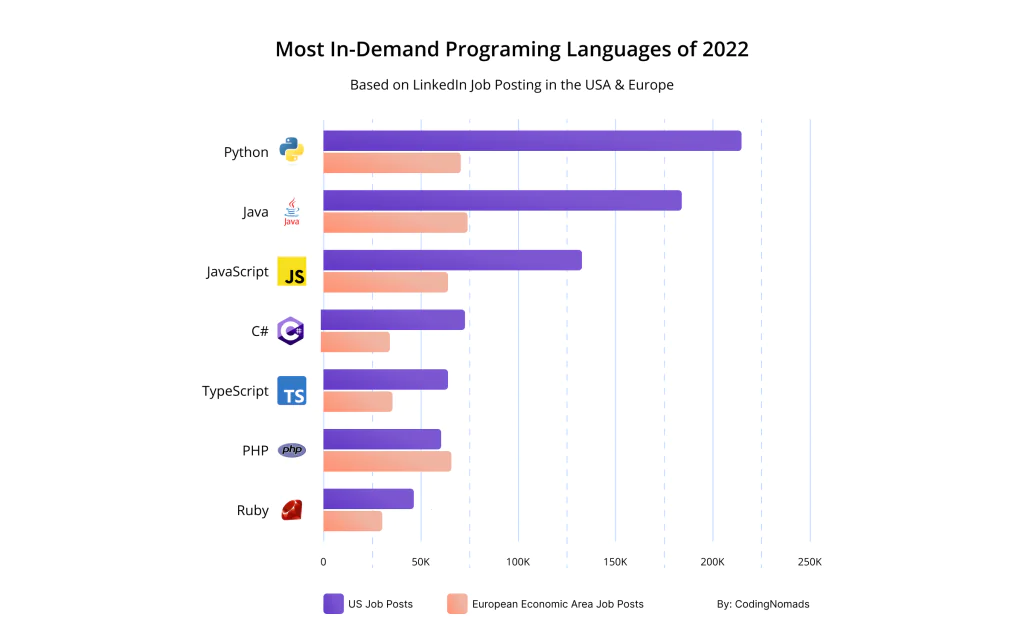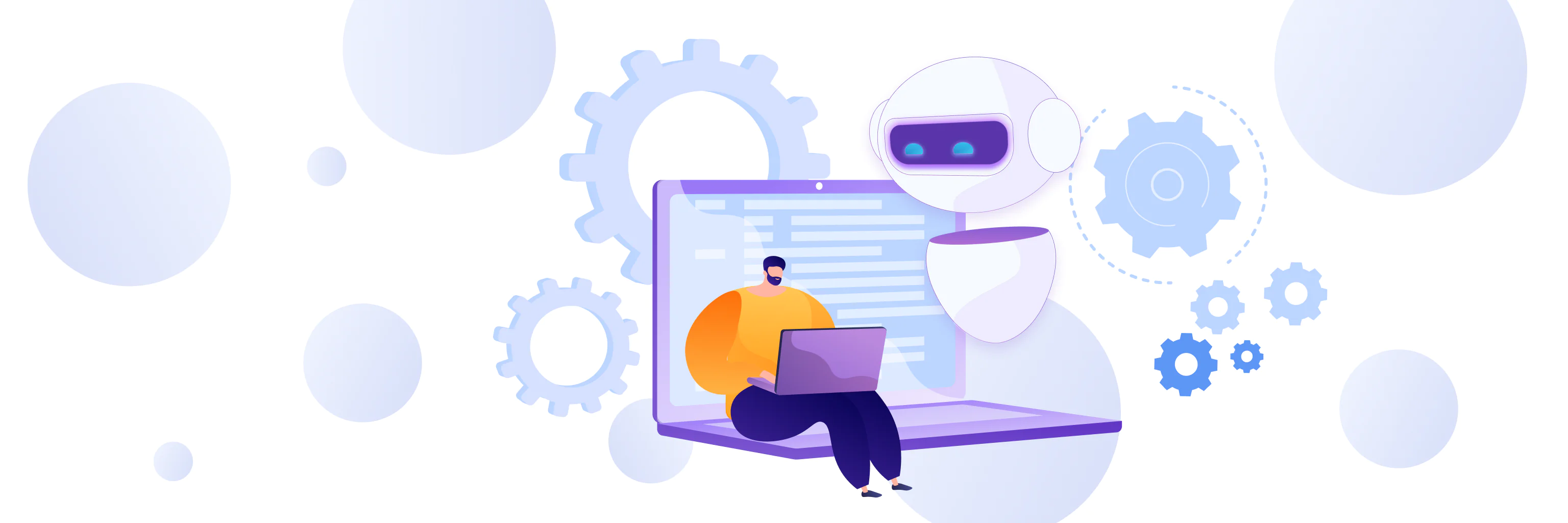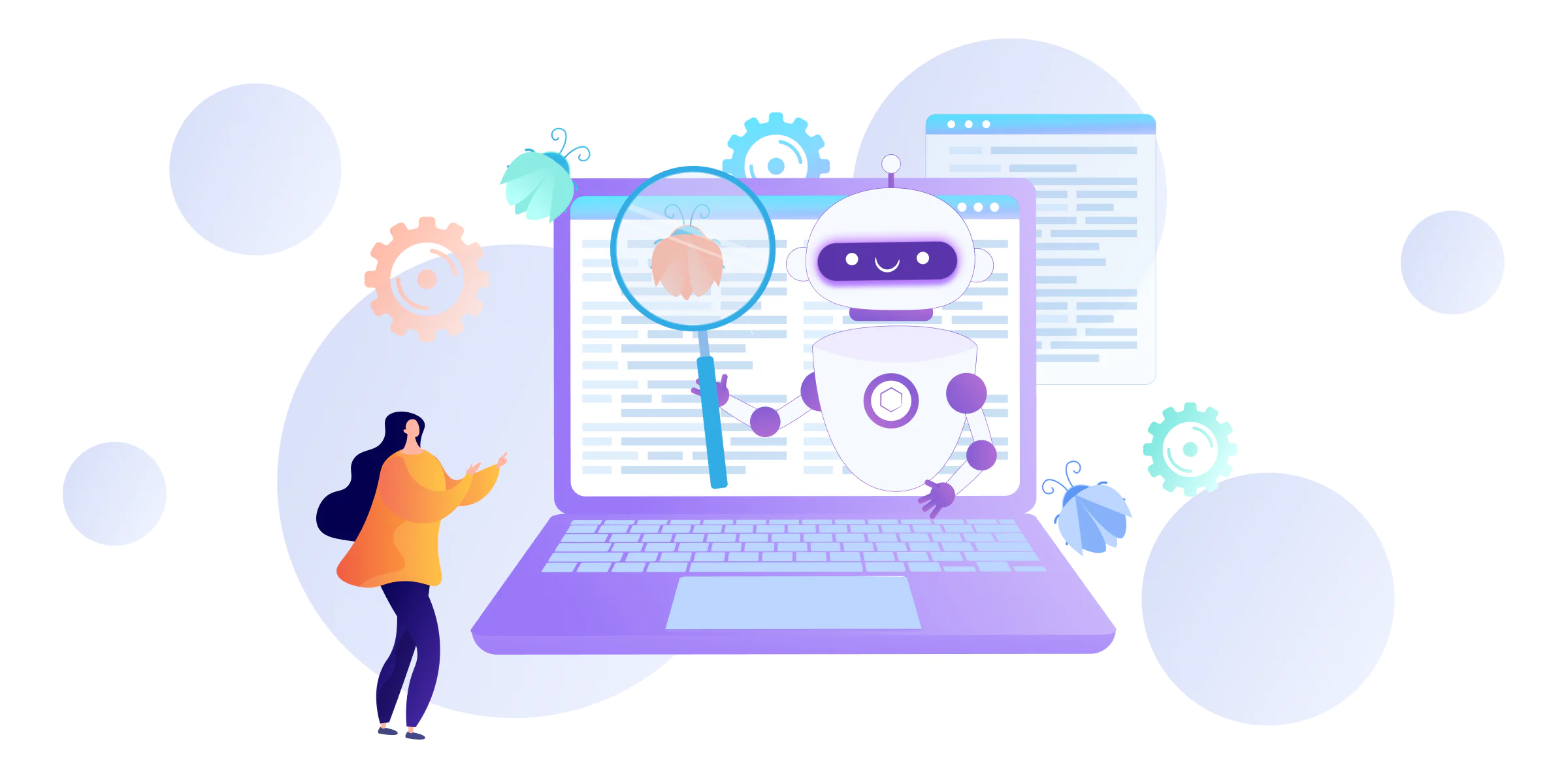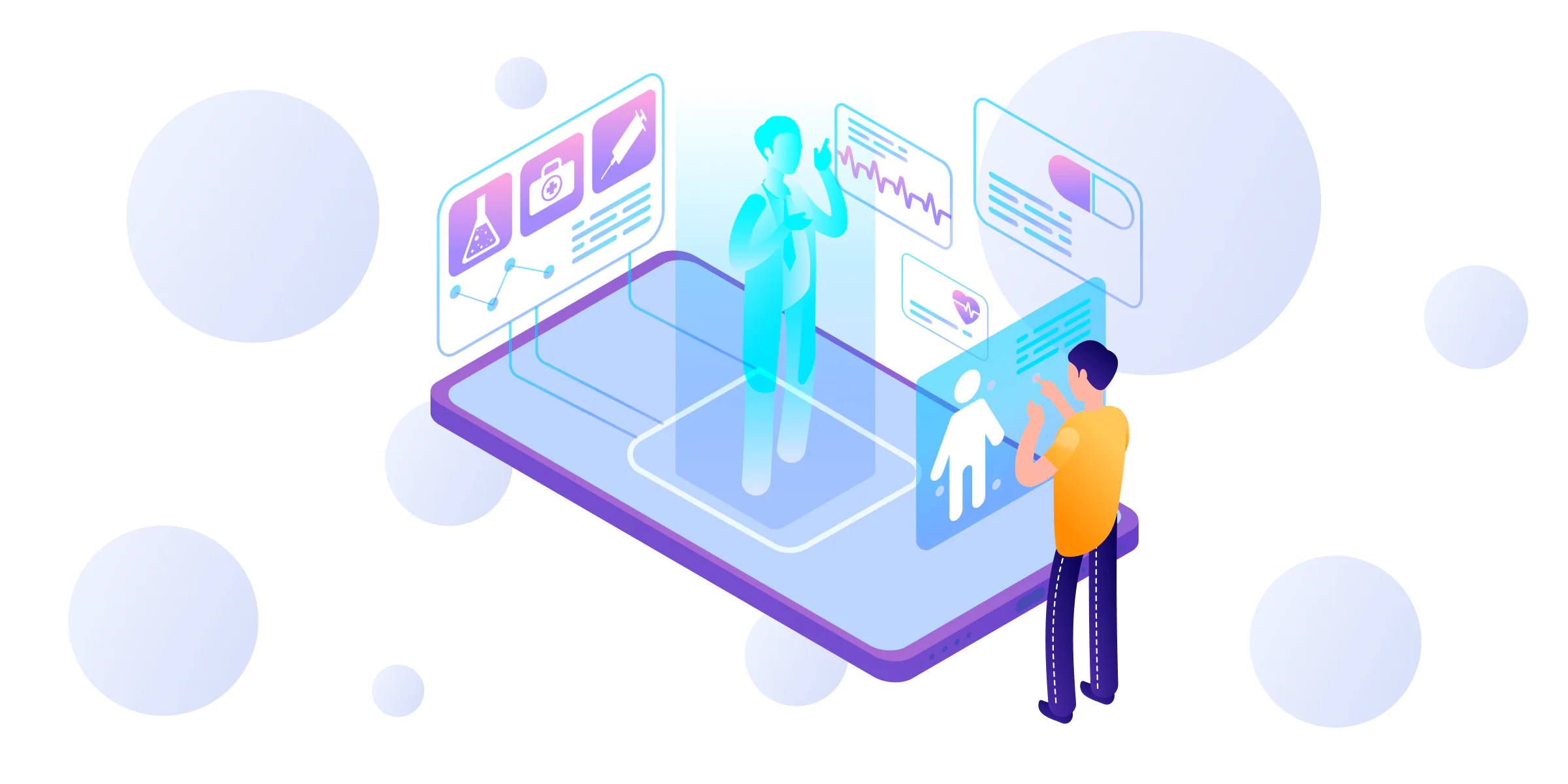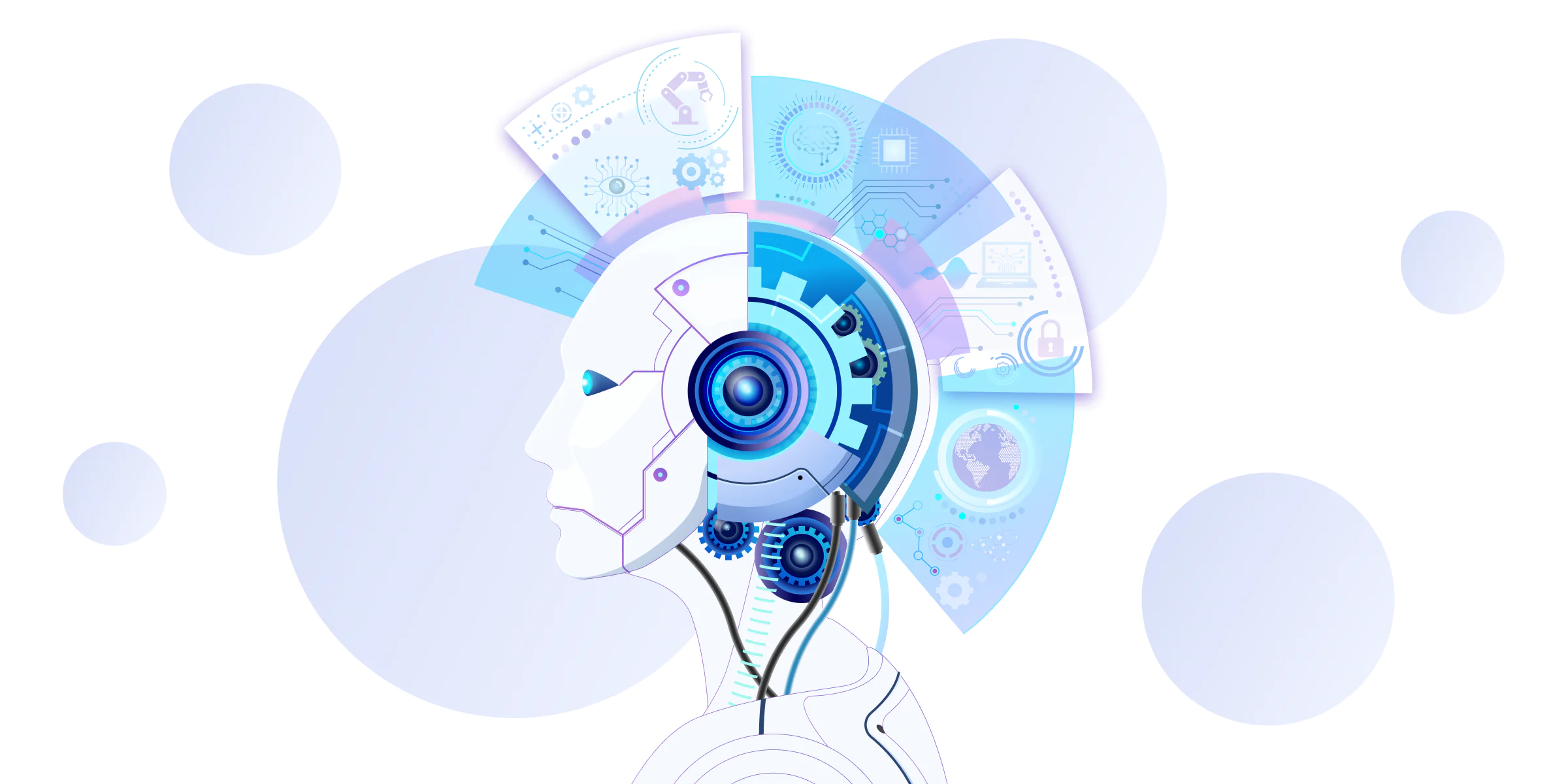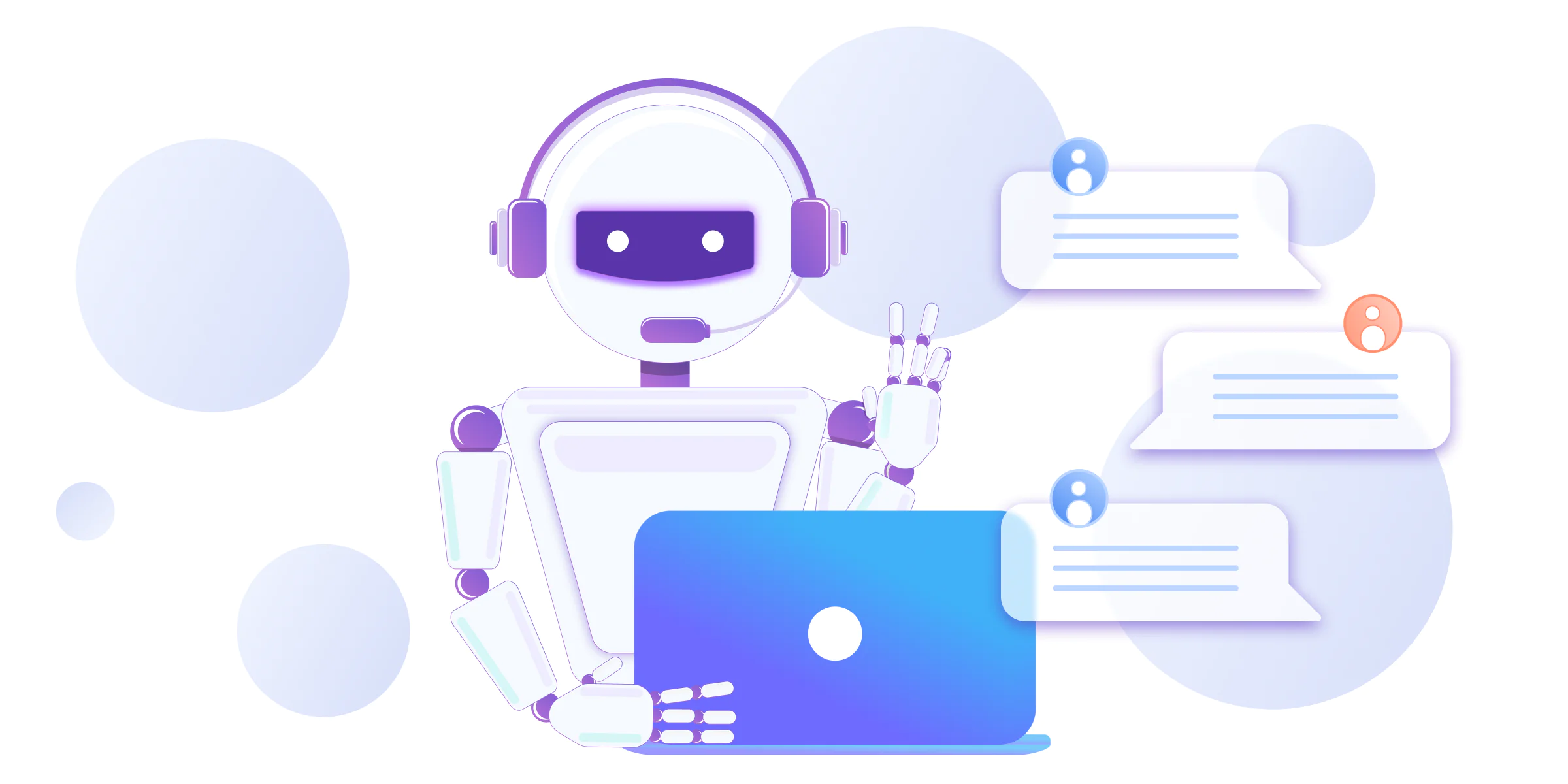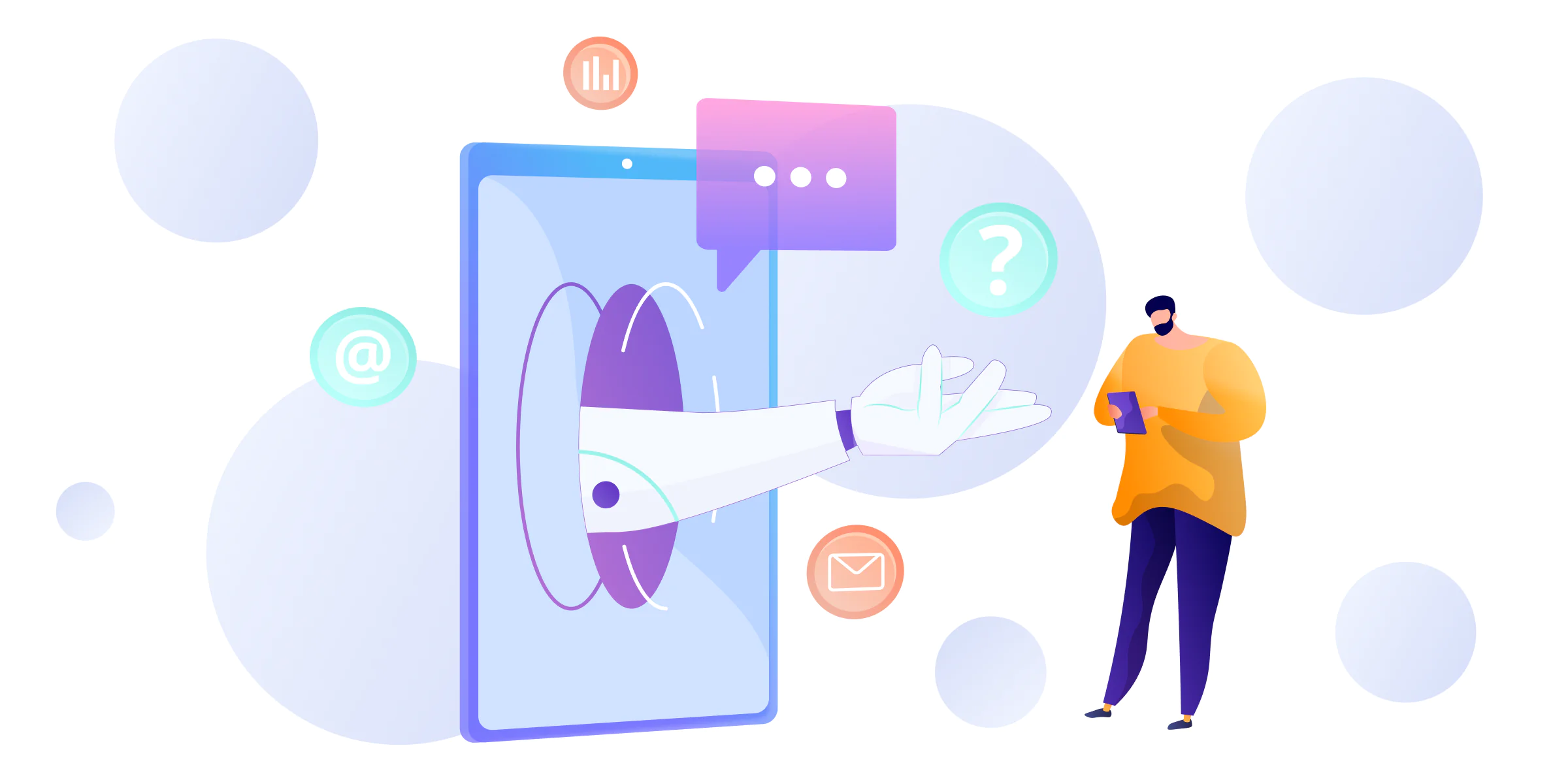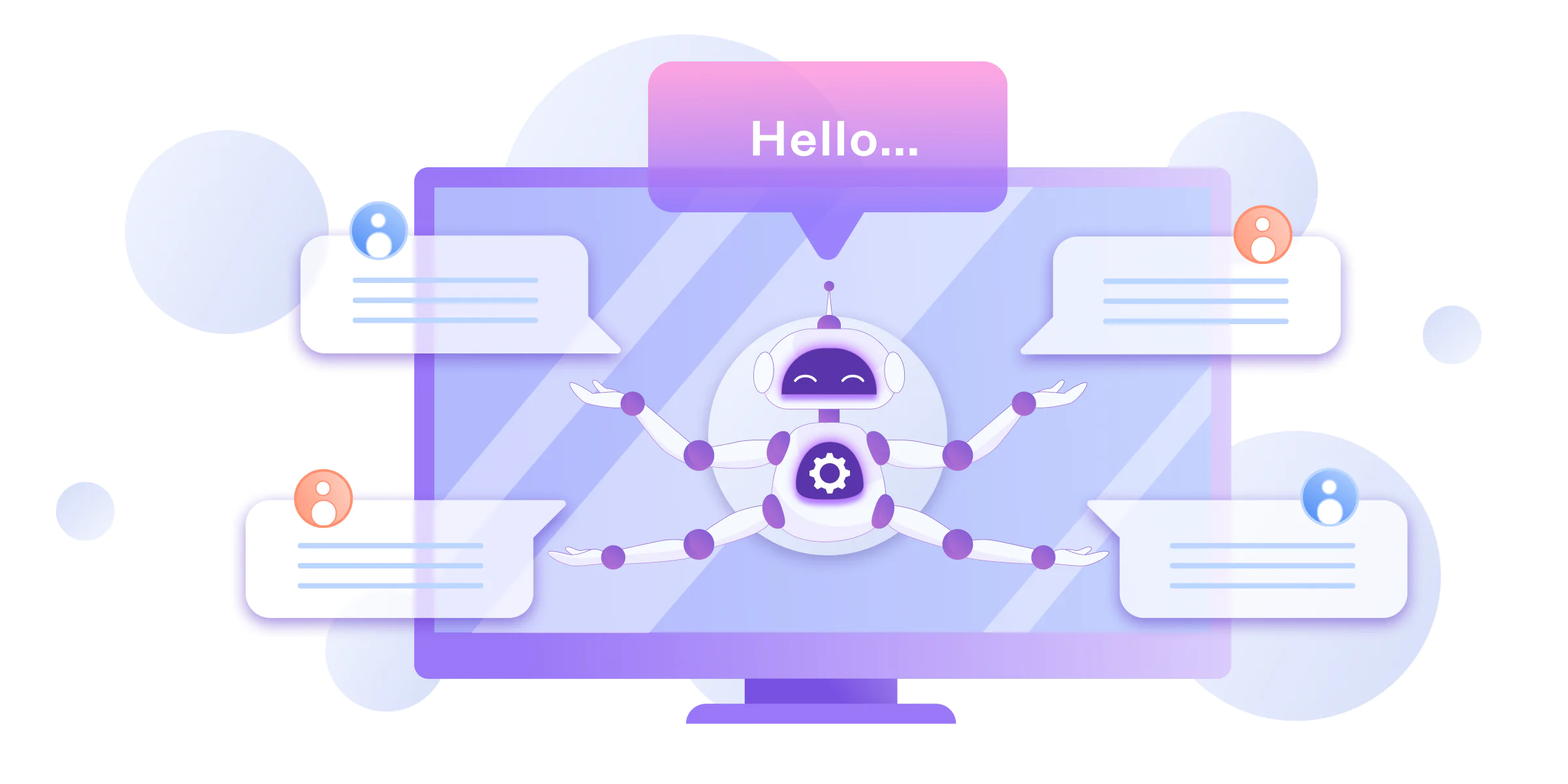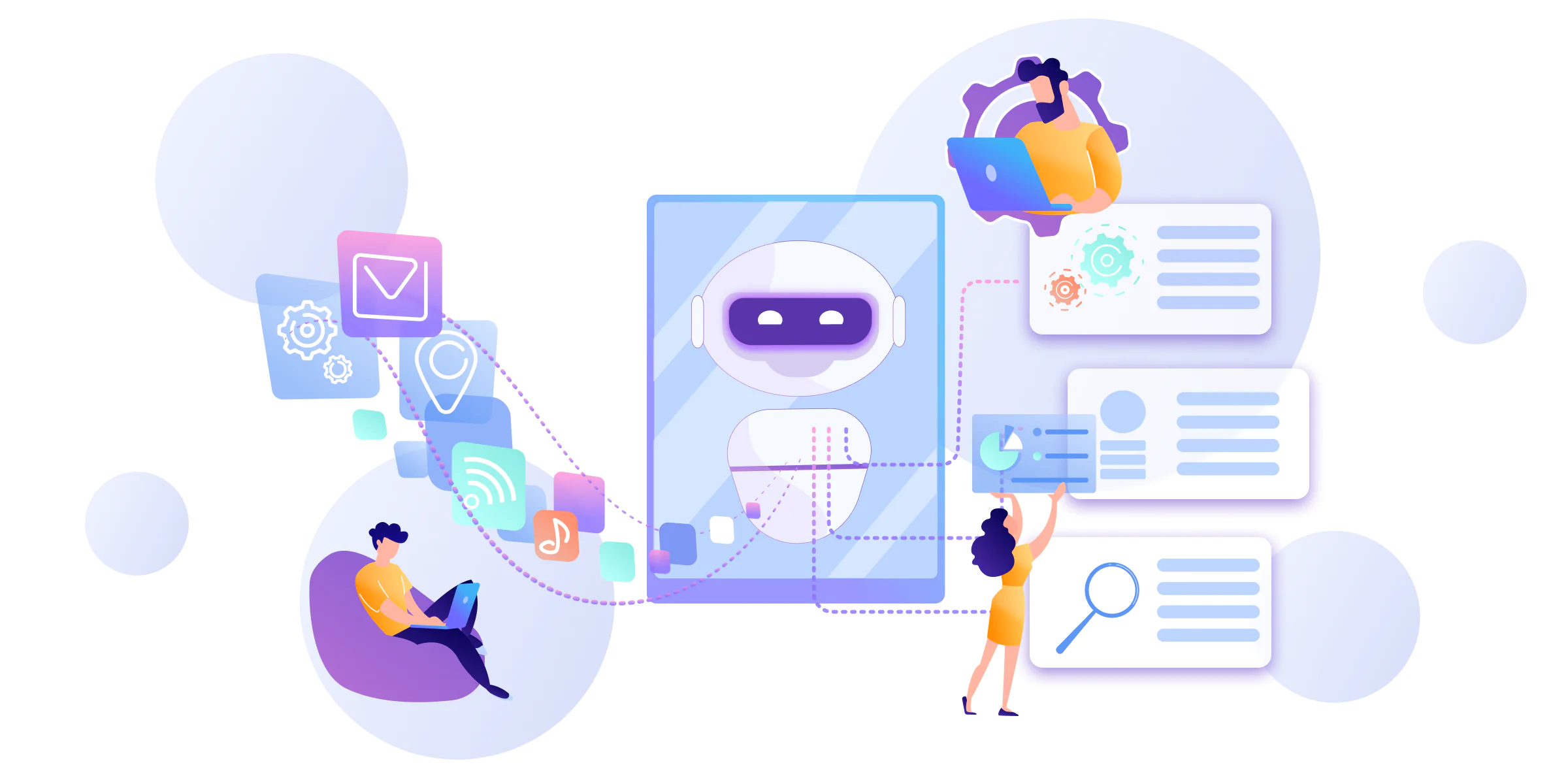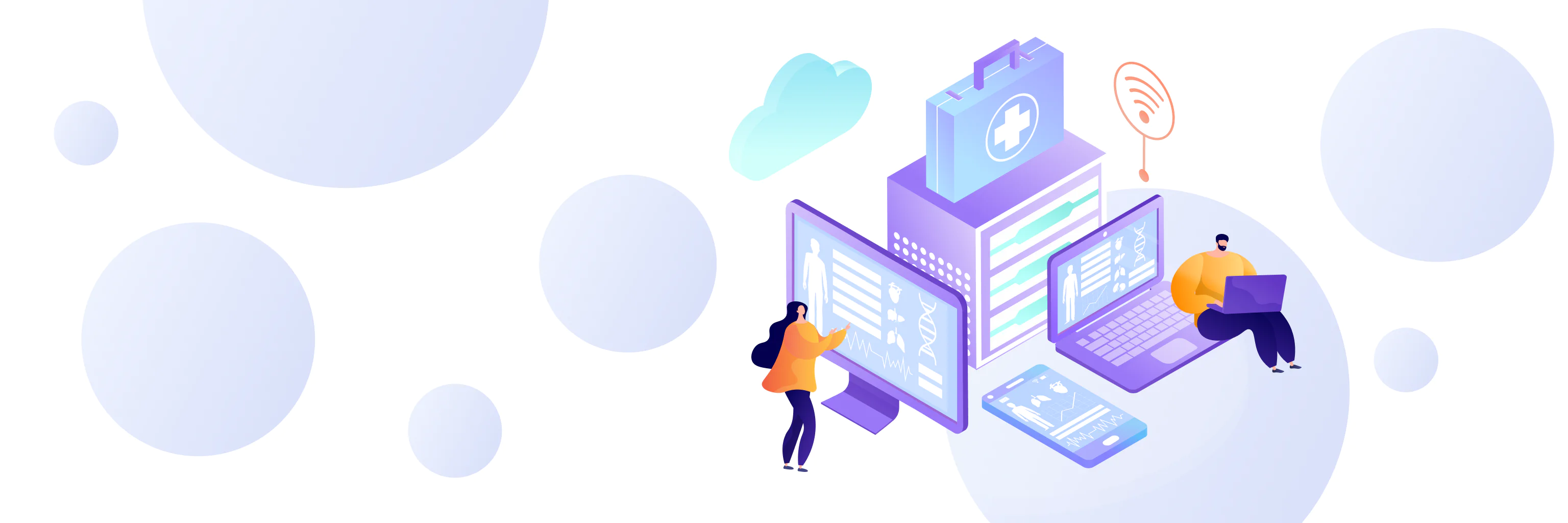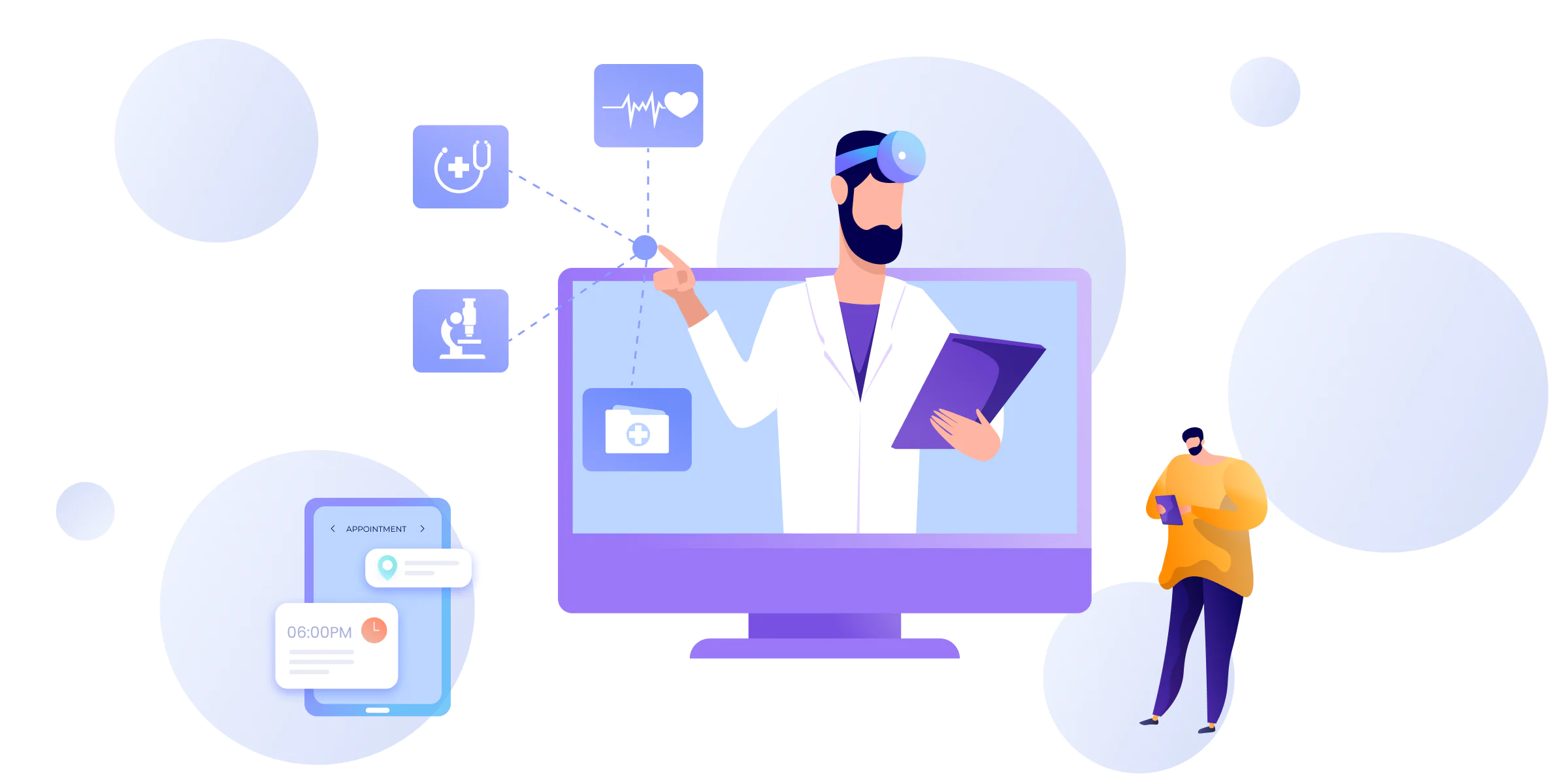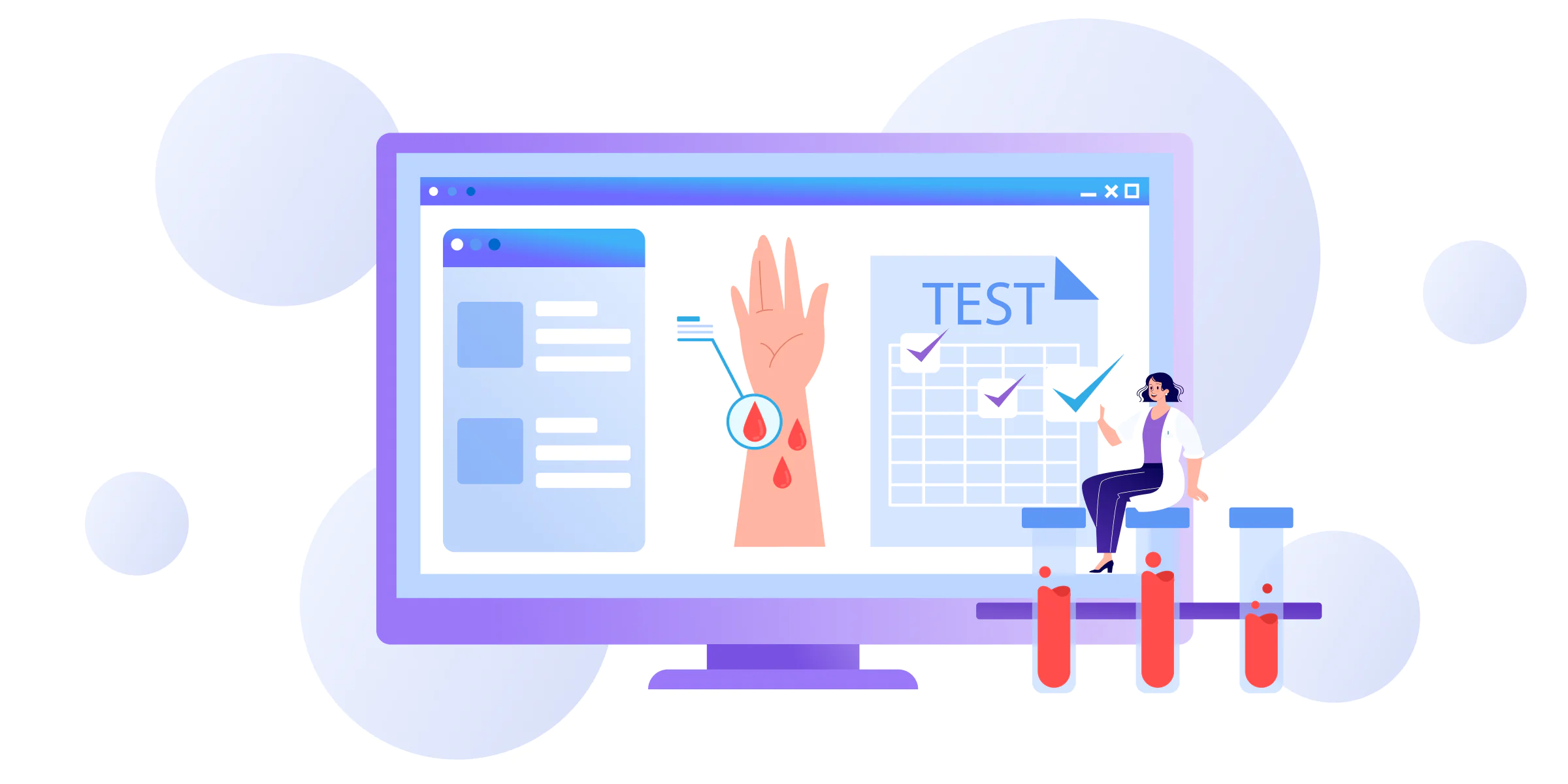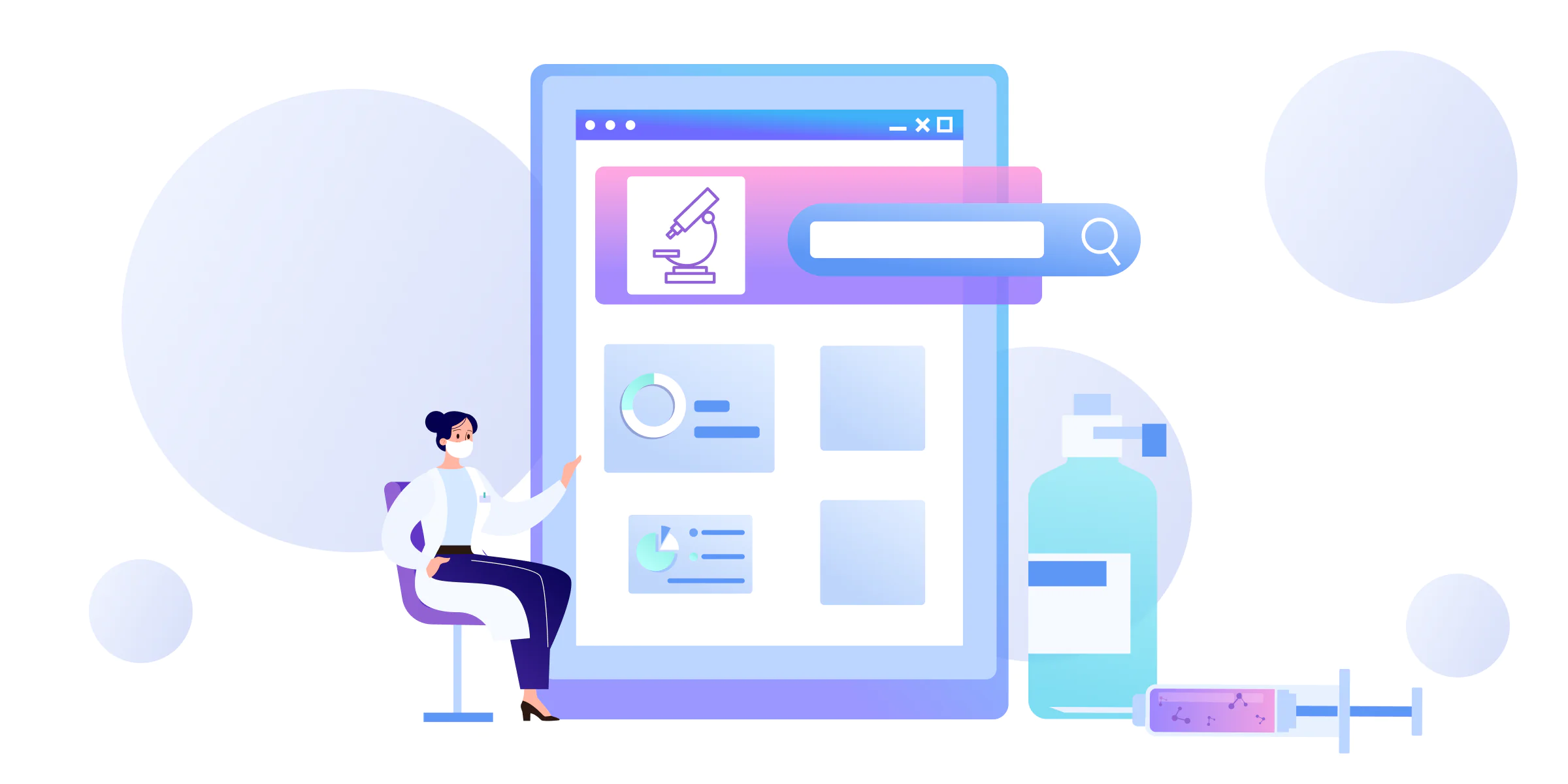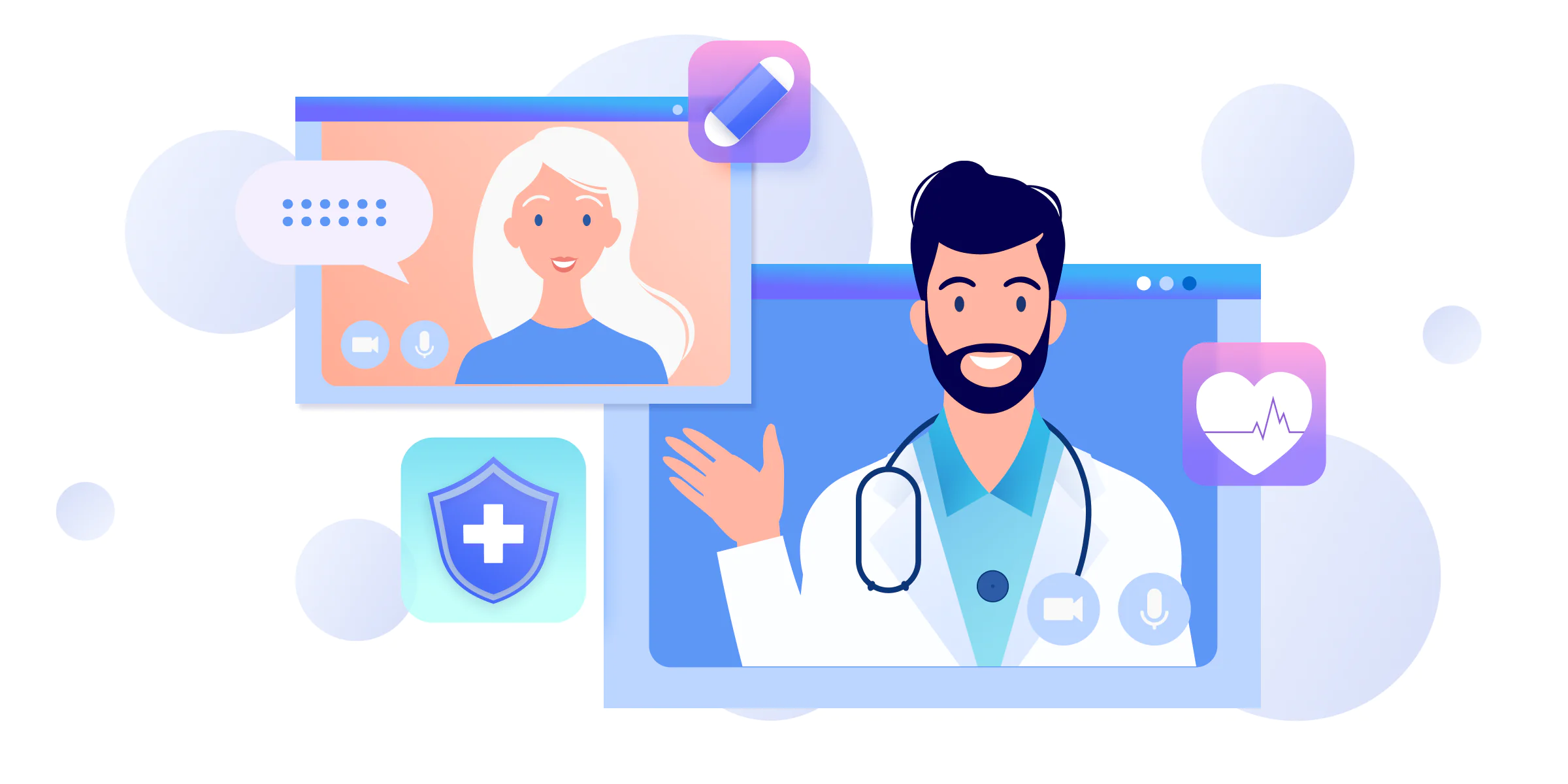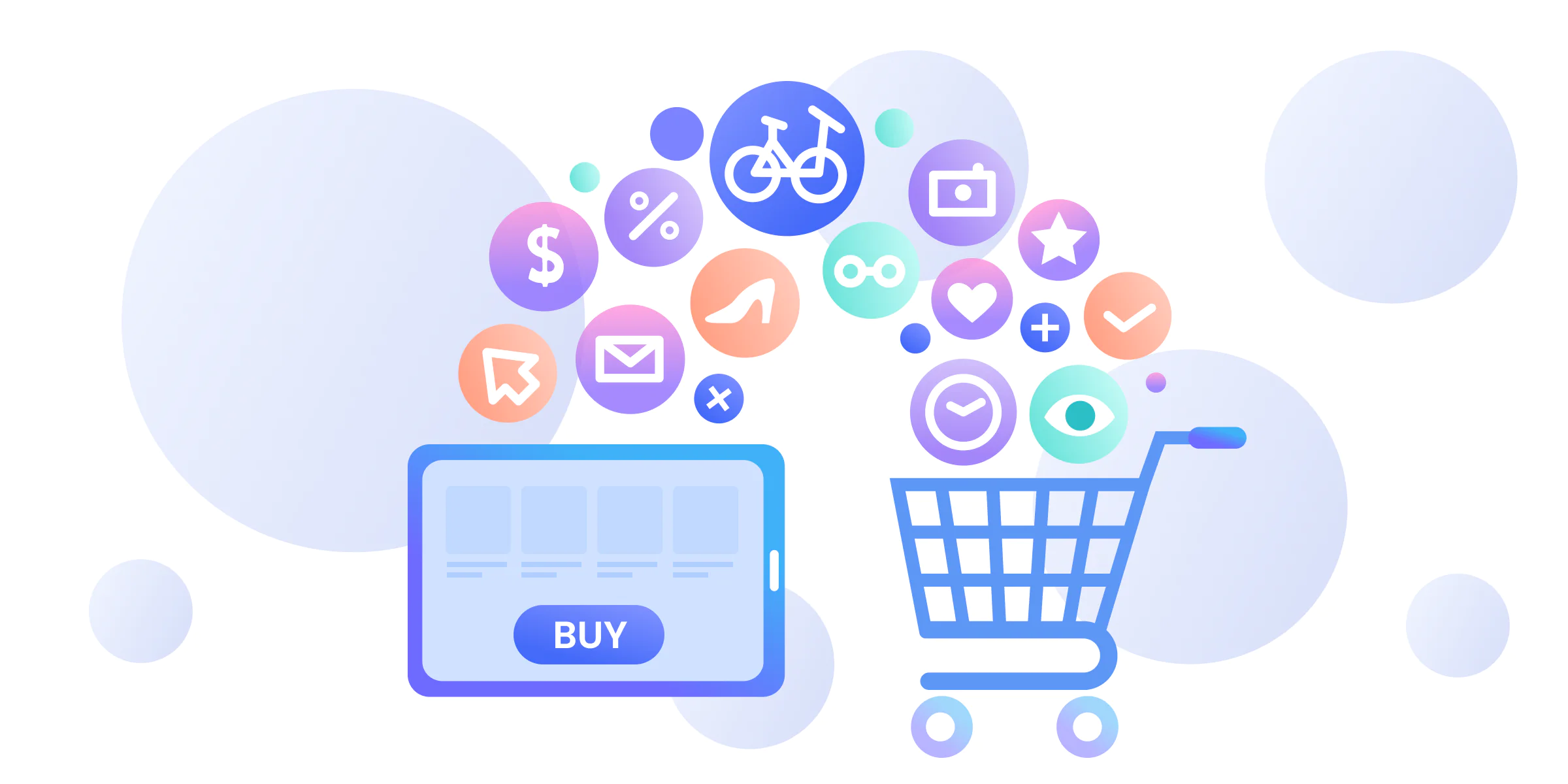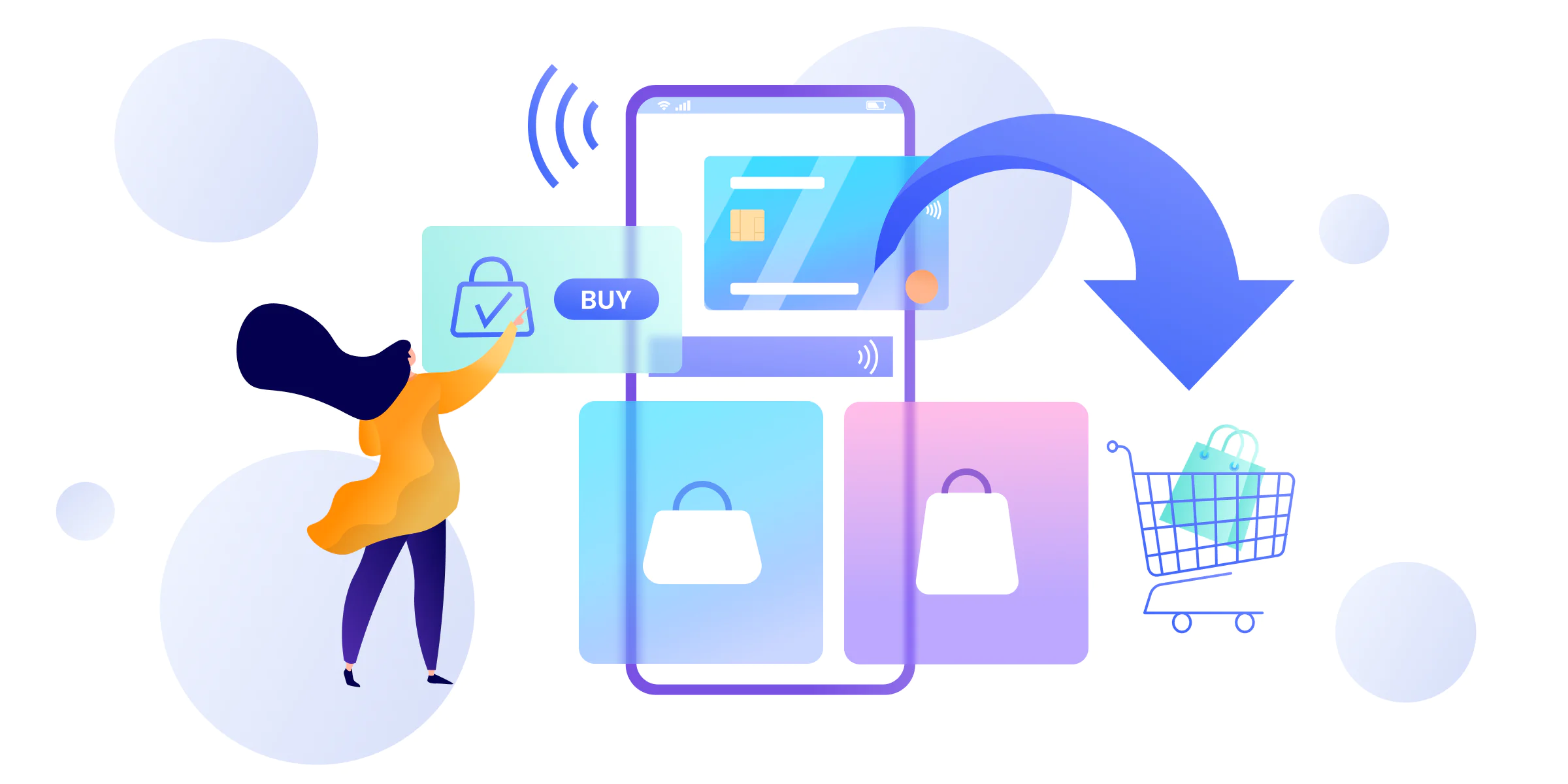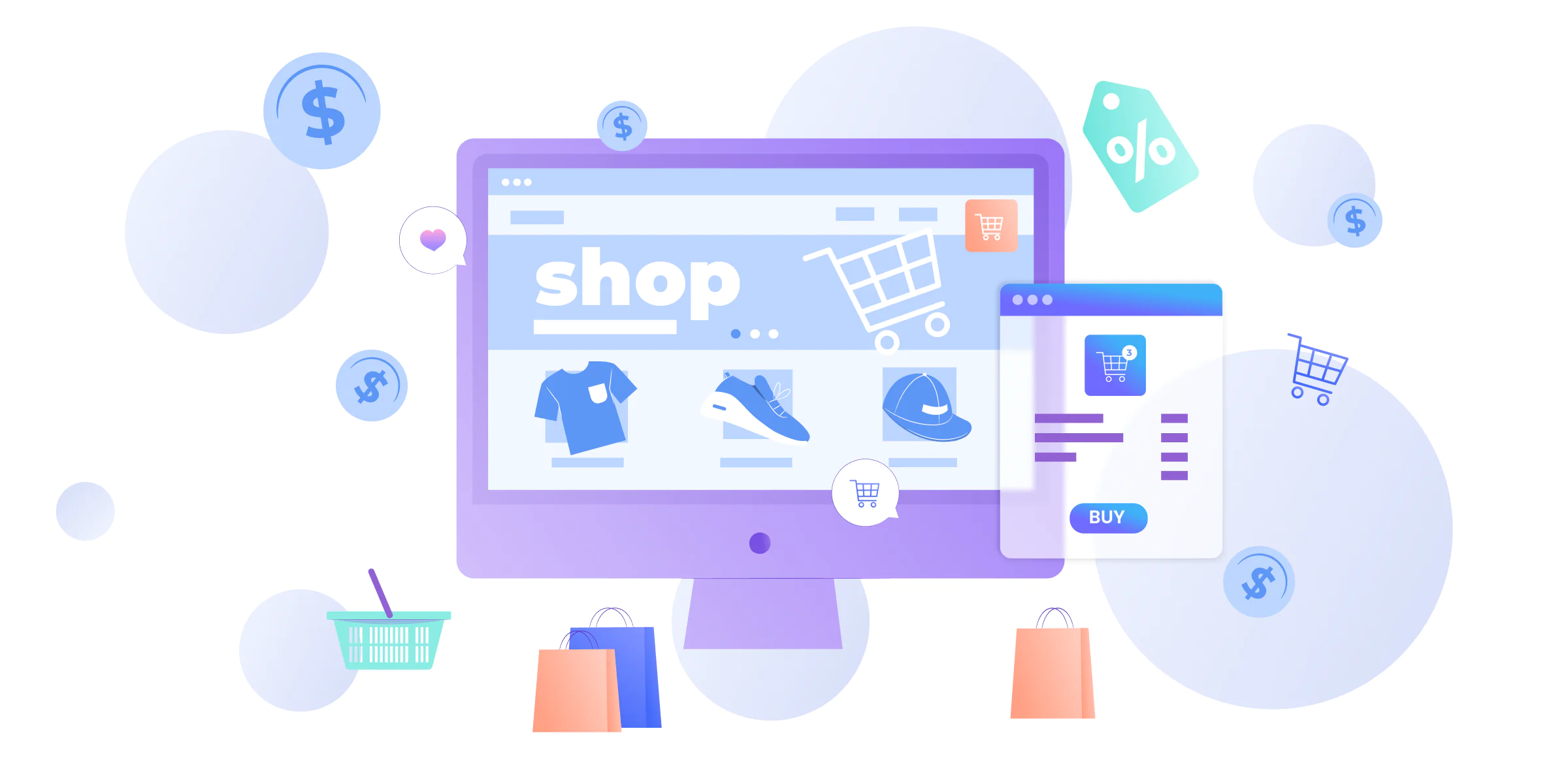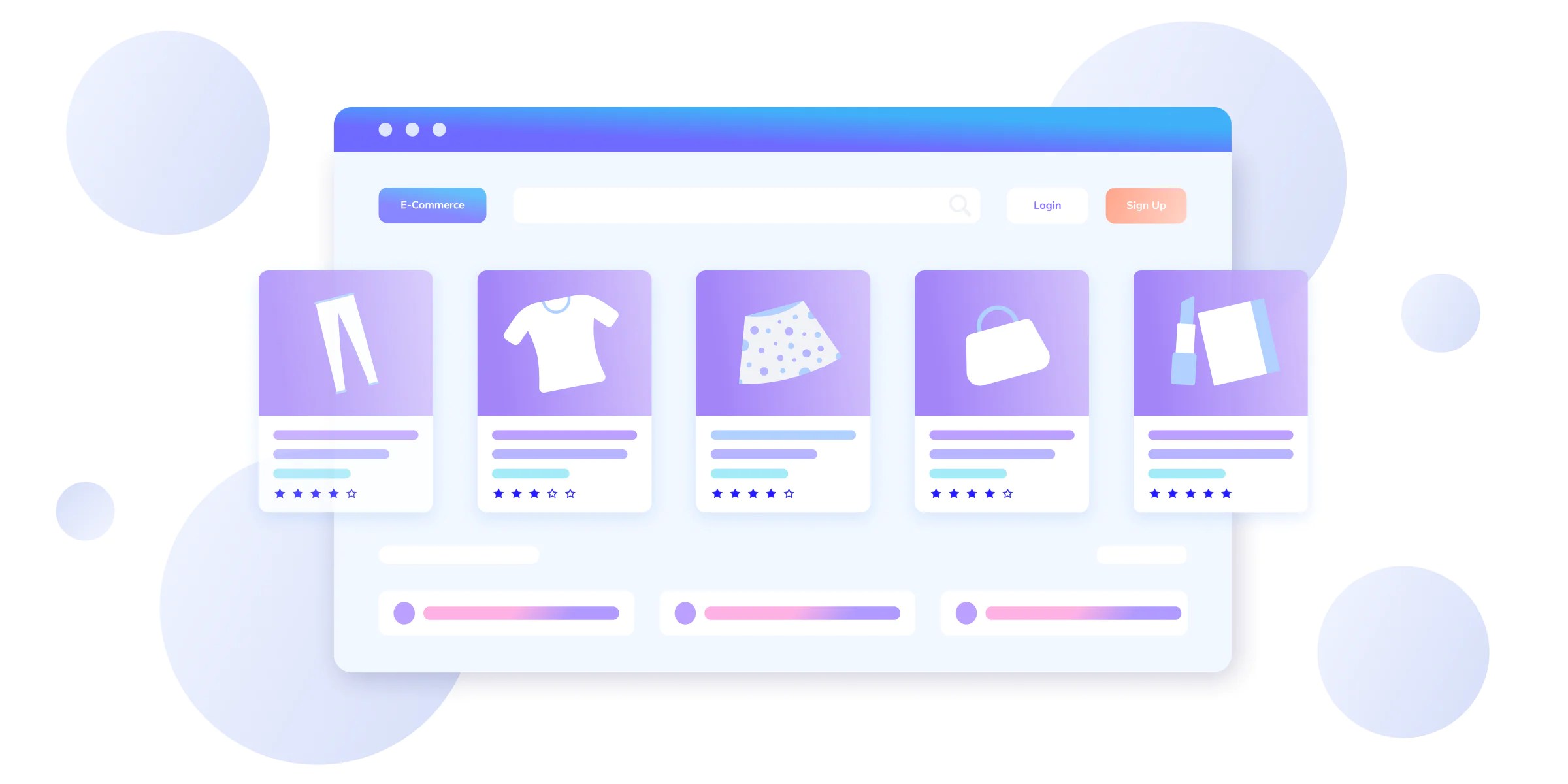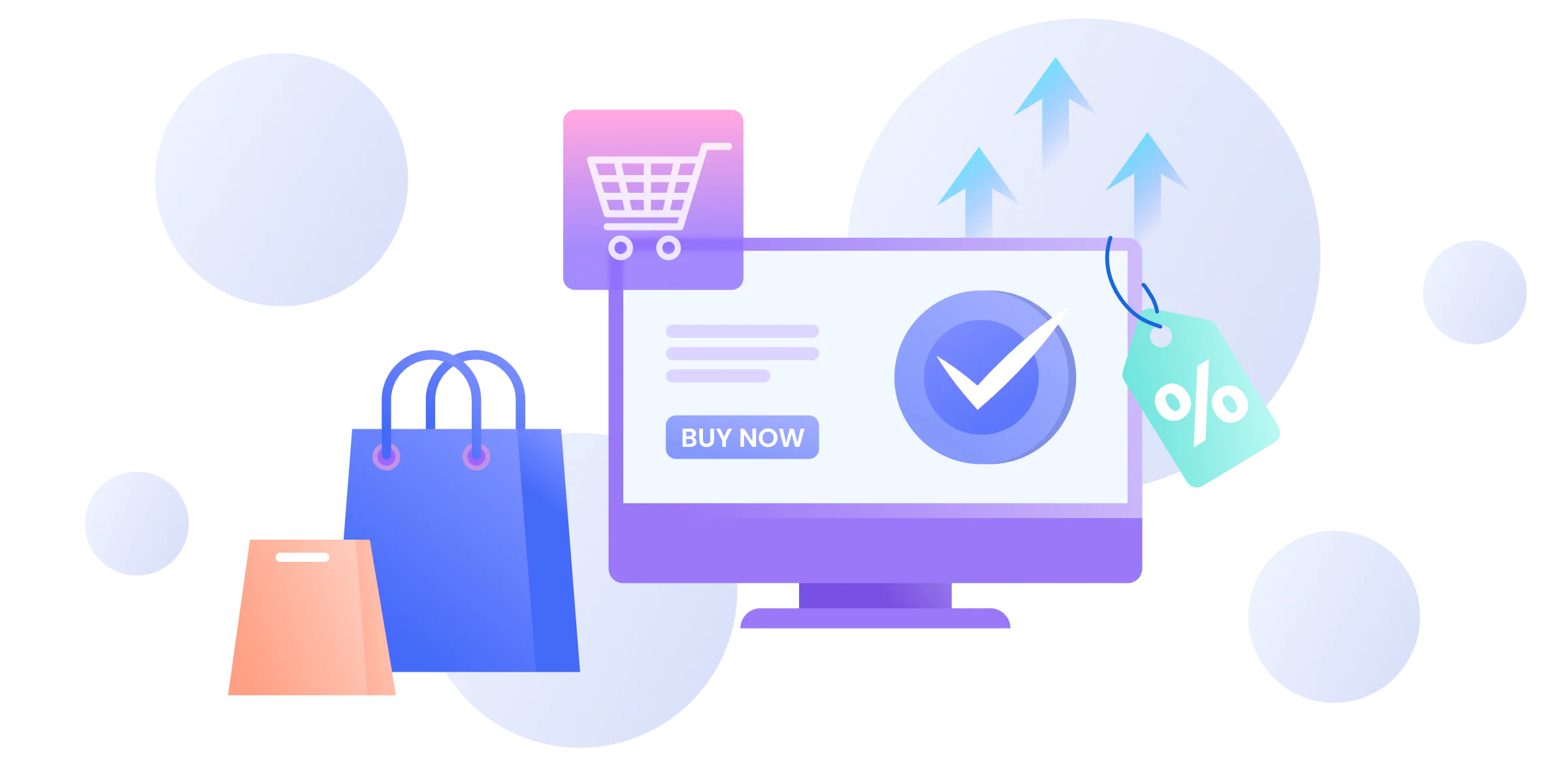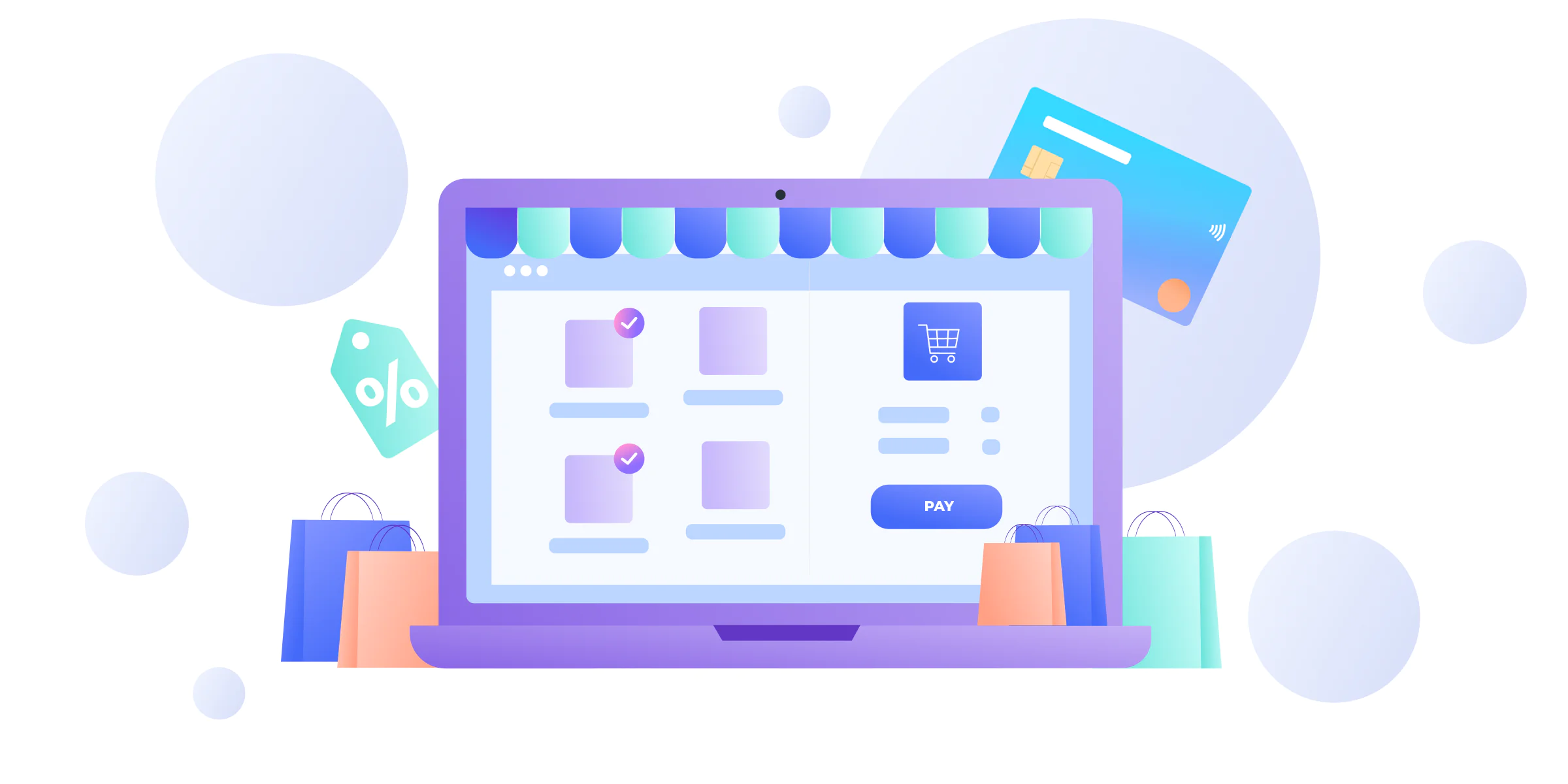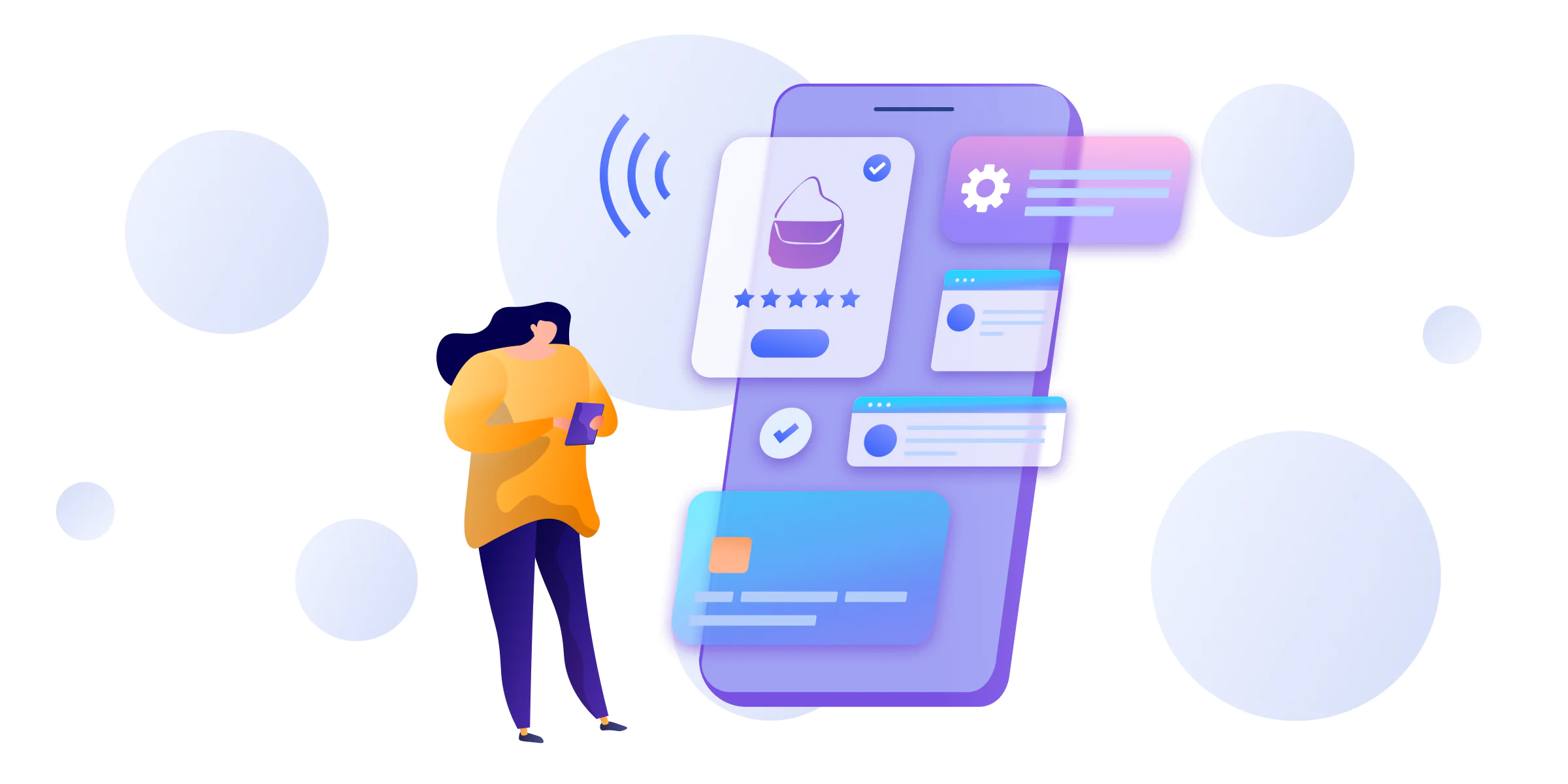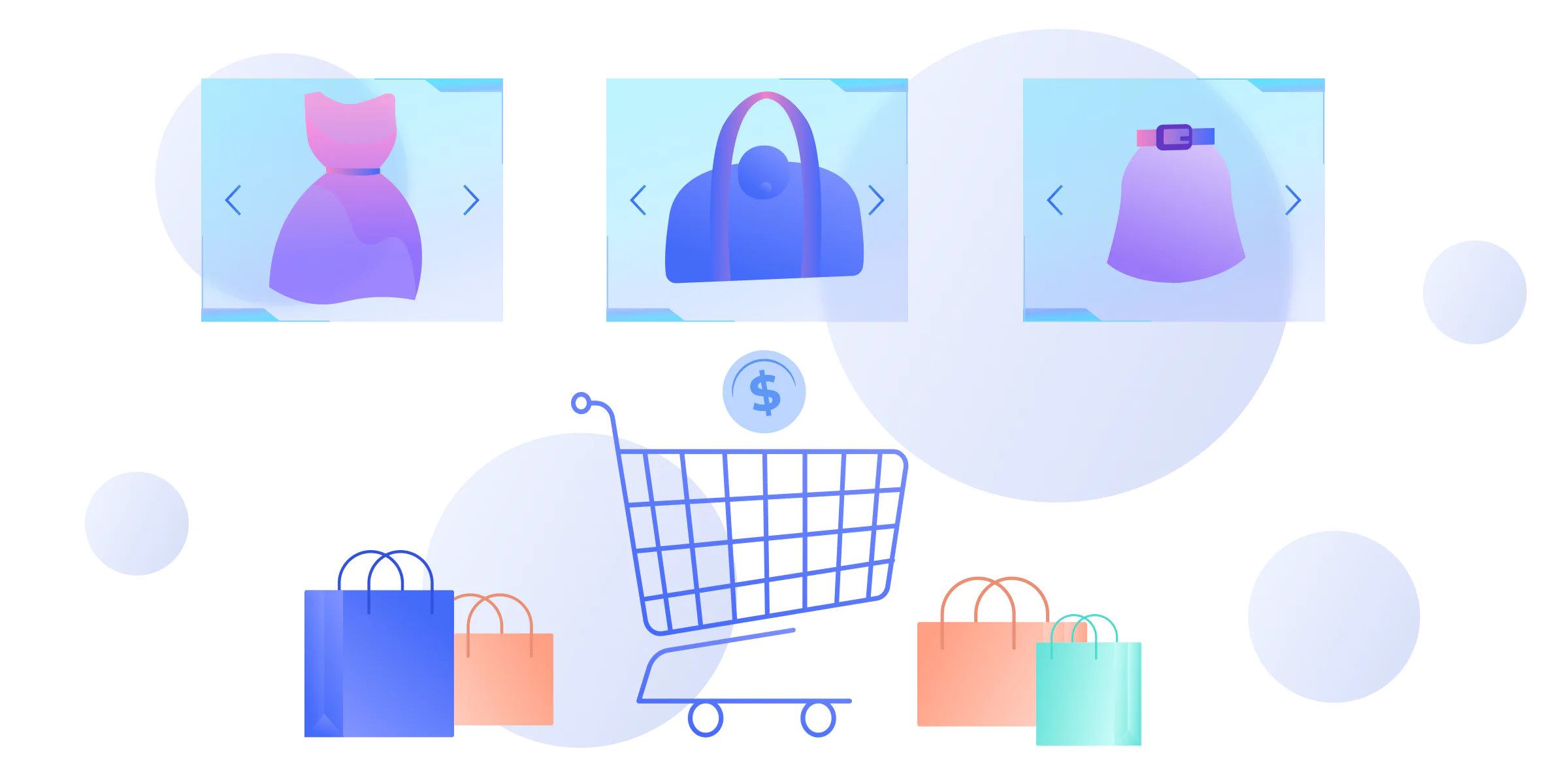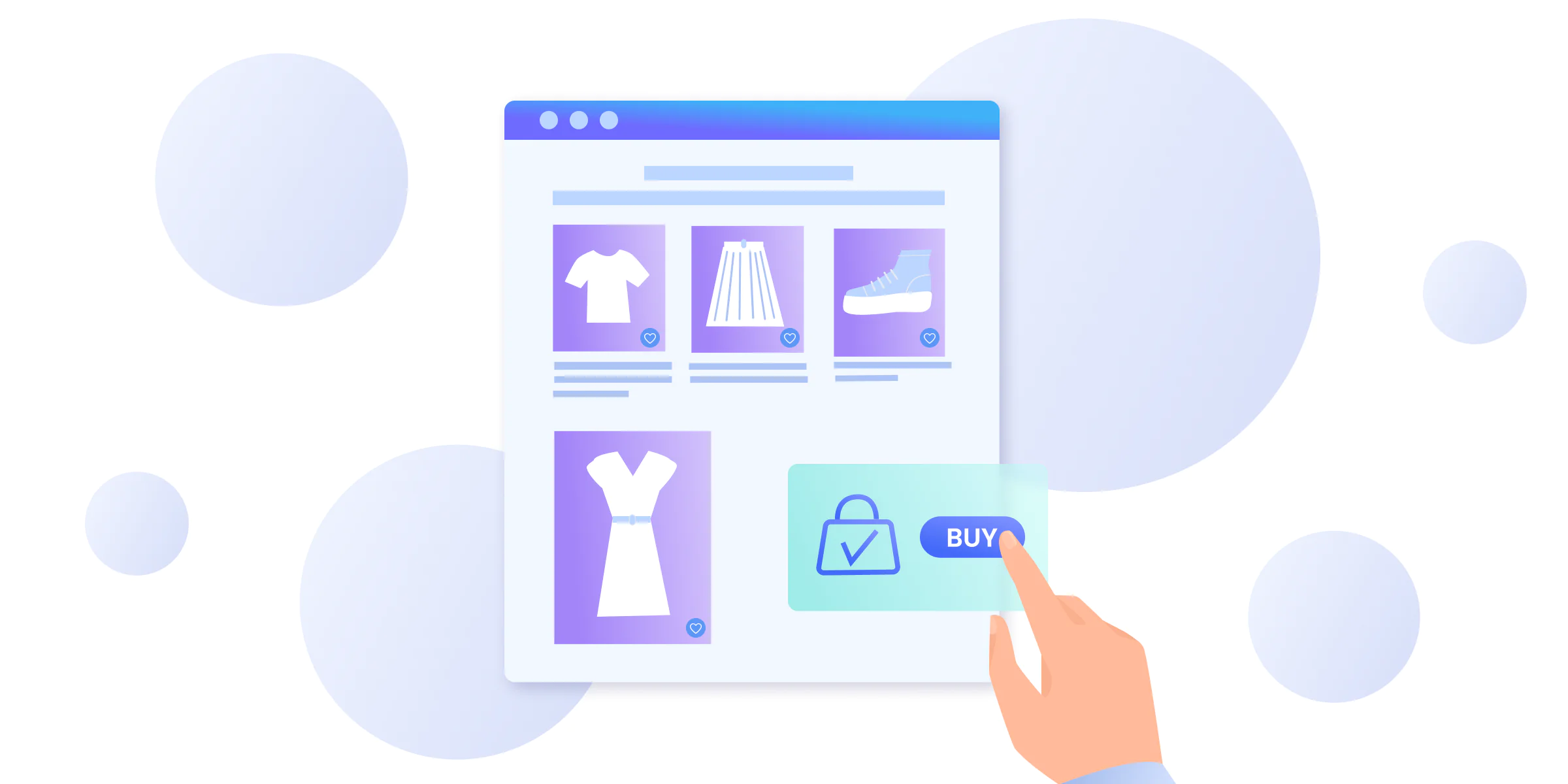AI-driven SaaS development is one of the best investments ever because this tech trend is scorching hot. According to SpendDesk research, an average public SaaS company is now worth around $27 billion. Moreover, it’s estimated that 85% of all business applications will be SaaS-based by 2025. Undoubtedly, in a couple more years, software as a service will replace all other types.
If you need more motivation to invest in SaaS platform development, consider the following numbers:
- Gartner estimates that cloud spending will amount to 45% of all enterprise IT spending by 2026.
- The SaaS industry value is over $172 billion and constantly growing, says Exploding Topics.
- Private European investment in SaaS is growing by 3.2, year over year, claims Paddle. However, the US remains the leader among SaaS companies and investors.
This list could go on, but there is only one conclusion, SaaS development services are gold right now. So, it pays to get onto that train as soon as possible.
If you decide to use this incredible opportunity and create a SaaS product, you need to look for a company with a tech stack for it. In case this is your first time, here are a few tips on choosing a tech stack for AI-driven SaaS development. We’ll also suggest the best technologies for these projects.
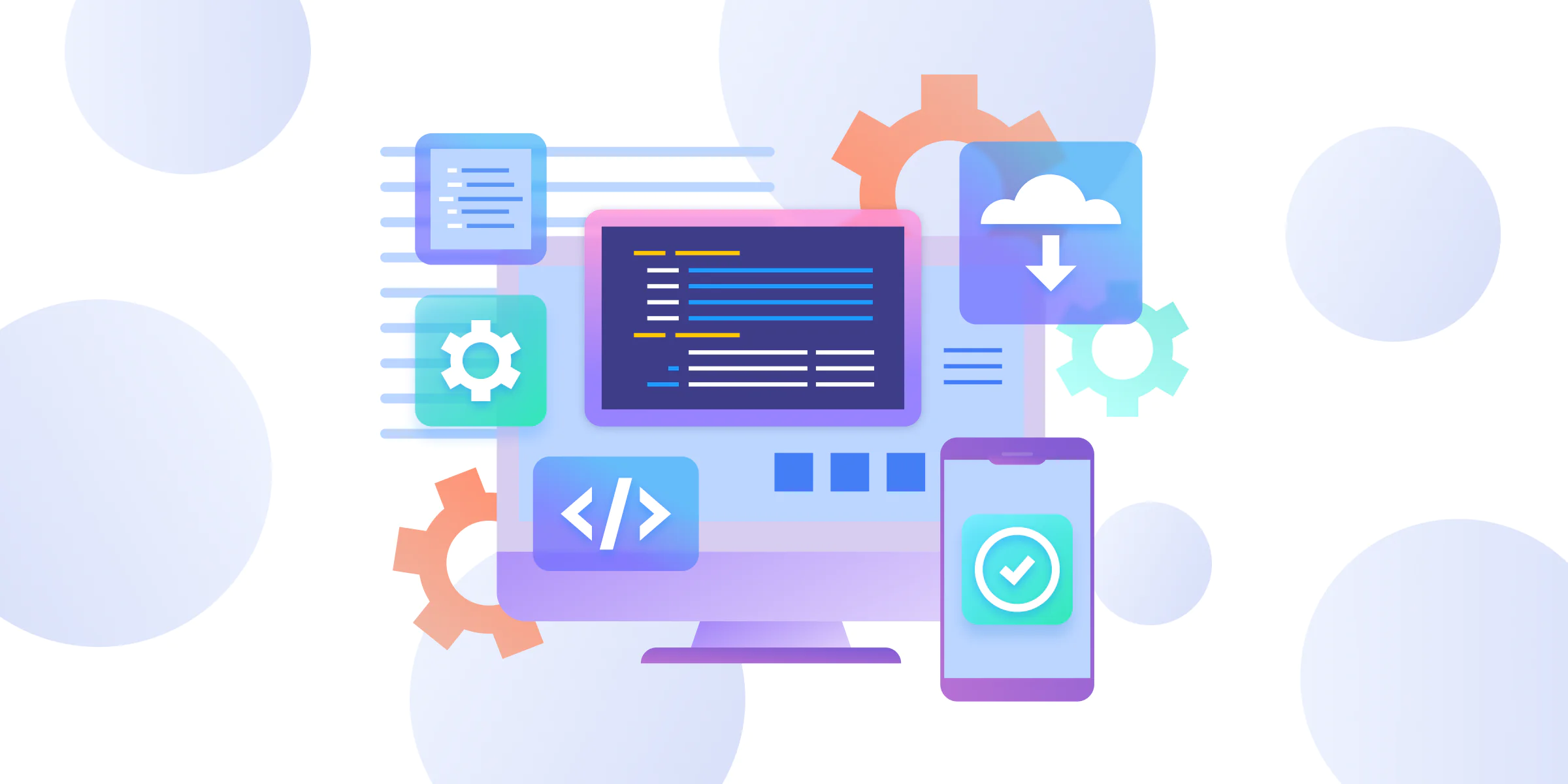
What to Consider When Choosing a Tech Stack for AI-Driven SaaS Development?
First of all, you must understand what drives the choice of a tech stack for any software development project. Five crucial factors will dictate your decision regarding technologies.
- Scalability.
Modern technology changes extremely fast, and your project will grow fast as well if it’s successful. Therefore, you must choose systems that allow continuous evolution and growth and integrate new features with minimal disruption. - Time-to-market.
How fast can you release the product on the market? The answer is always as quickly as possible’. Even if it’s not the final version, the product should start making money and pay for itself early. In addition, launching an MVP will provide you with invaluable user feedback. Use it to make improvements in later product versions. However, remember that it will grow and change constantly. - Learning curve.
It might happen that you need to change developers after launching your product. Therefore, you should consider the learning curve of the technology used for it. Think about how much time the new team will need to understand the project and start doing their job. Moreover, the tech stack will determine how hard it is for you even to find a new team. So, it’s always best to use widespread technologies. - Code maintainability.
Think long-term and consider how your code can be maintained over time. For this, you need to consider whether the programming language you choose has an active community with strong support. In addition, make sure that code isn’t overly complicated. Again, this will become necessary if you need to change your AI-driven SaaS development company. - Support.
Future product support is another thing to take into account when planning long-term. Overall, it’s best to choose technologies that have existed for a while and remain strong.
AI-Driven SaaS Development Tech Stack: Best Back-End Choices
The basis of your entire AI SaaS product starts with back-end development. It’s the foundation of your application, so you must ensure it’s as strong as possible. Therefore, no matter how innovative your AI-driven SaaS development idea is, it’s best to build the foundation on time-tested reliable technologies.
The best SaaS development choices for back-end tech include:
- .NET (C#)
- Node.js
- PHP
- Python
Each choice will enable you to create a reliable and adaptable application. Moreover, these technologies are quite popular. Therefore, you shouldn’t have any issues changing developers or adding new people to your team as the product grows.
Speaking of growth, all these technologies allow for efficient scalability. So you’ll be able to improve and add new features fast.
There is no single best choice among these programming languages. This particular decision should be based on your product’s functionality and budget. Discuss this matter with experienced developers as they can advise on which choice will benefit the project most.
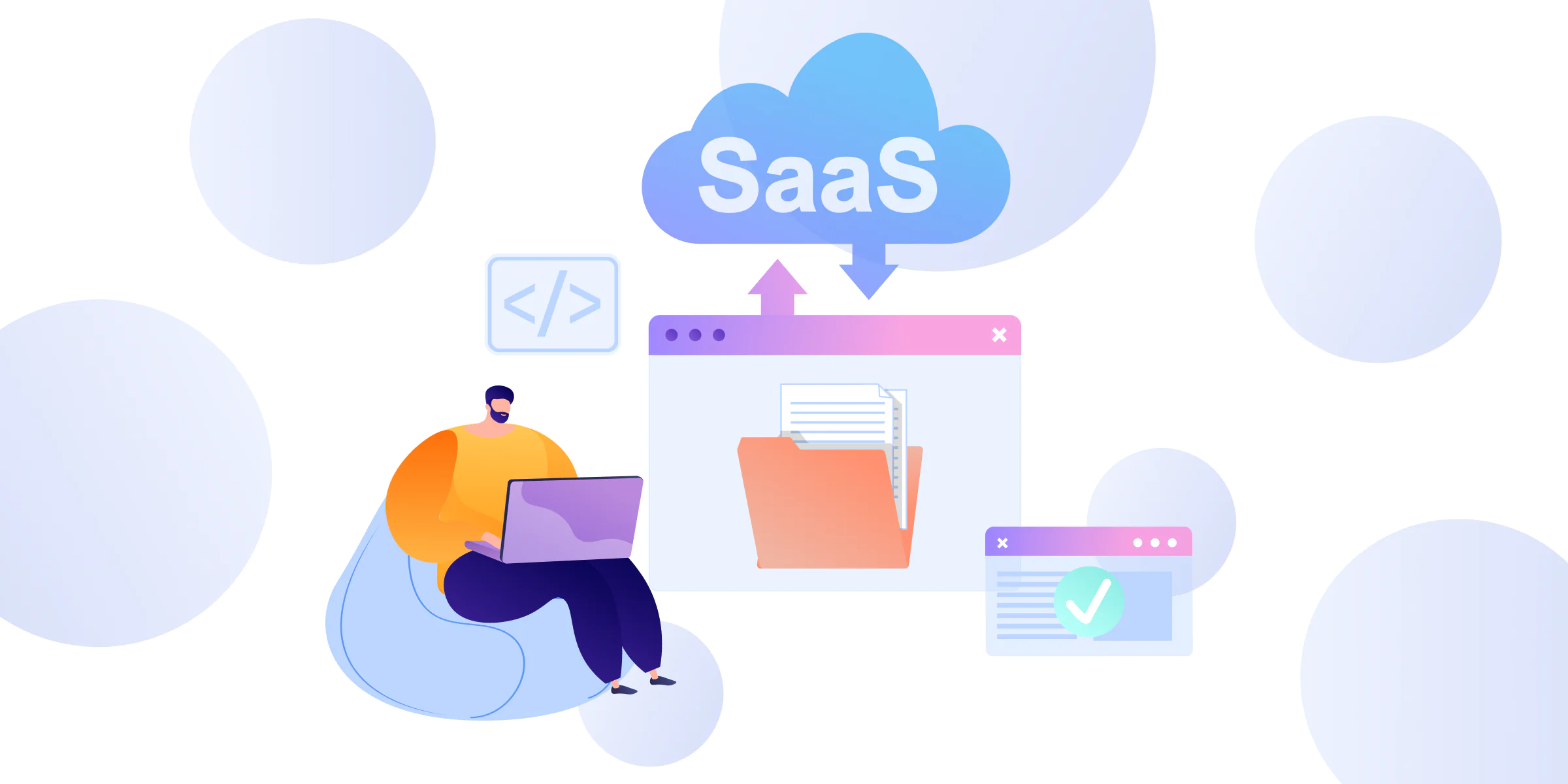
Best Front-End Technologies for SaaS Platform Development
JavaScript reigns supreme when it comes to AI-driven SaaS development. It’s hard to believe, but less than five years ago, about 95% of all websites used JavaScript. Therefore, there is no better choice for your SaaS development in the front-end department. In fact, one of the top back-end options we mentioned above is Node.js, a JavaScript runtime environment for back-end development.
In regards to the front-end department, the best choices are all JavaSript frameworks:
- React
- Angular
- Vue.js
You’ll need to get expert opinions and think long-term when choosing between them. It’s essential to have some idea of the changes you wish to implement to expand the product in the future. These technologies vary in flexibility, and adding specific features down the line might be more challenging for some of them. So, plan your moves ahead and think big. Even if you never implement the changes you plan at the beginning, you’ll be sure there is room for them.
Remember that rewriting your product in a new language later can be prohibitively expensive. Moreover, it might take you off the market for a while.
Start Your AI-Driven SaaS Development Project Right Now!
As you can see, the whole process of choosing a tech stack for AI-driven SaaS development seems a straightforward process. The best choices are indeed few, and they are well-known. It means you can easily research every programming language and framework to learn its strengths and weaknesses.
However, making the actual choice isn’t that easy. This decision can have a massive impact on your project’s success. Therefore, you must consider it very carefully.
It would be best to consult an experienced SaaS development company first. Find people you can trust and explain your ideas to them. If your research led you to something, share this with the developers. For example, you can say why you think .NET is the best choice compared to Node.js. Then, let experienced developers share their ‘insider knowledge’ of the framework. These negotiations should result in you making the best possible choice for your future project.
Want to see how this works? Schedule a free consultation with our team right now!
Devtorium has years of experience in SaaS products for various industries. Moreover, we’ve recently launched our own AI-powered SaaS platform, Marquètte, used for content generation. As a result, we can analyze your idea and devise several plans to bring it to life, considering your budget and long-term goals.

